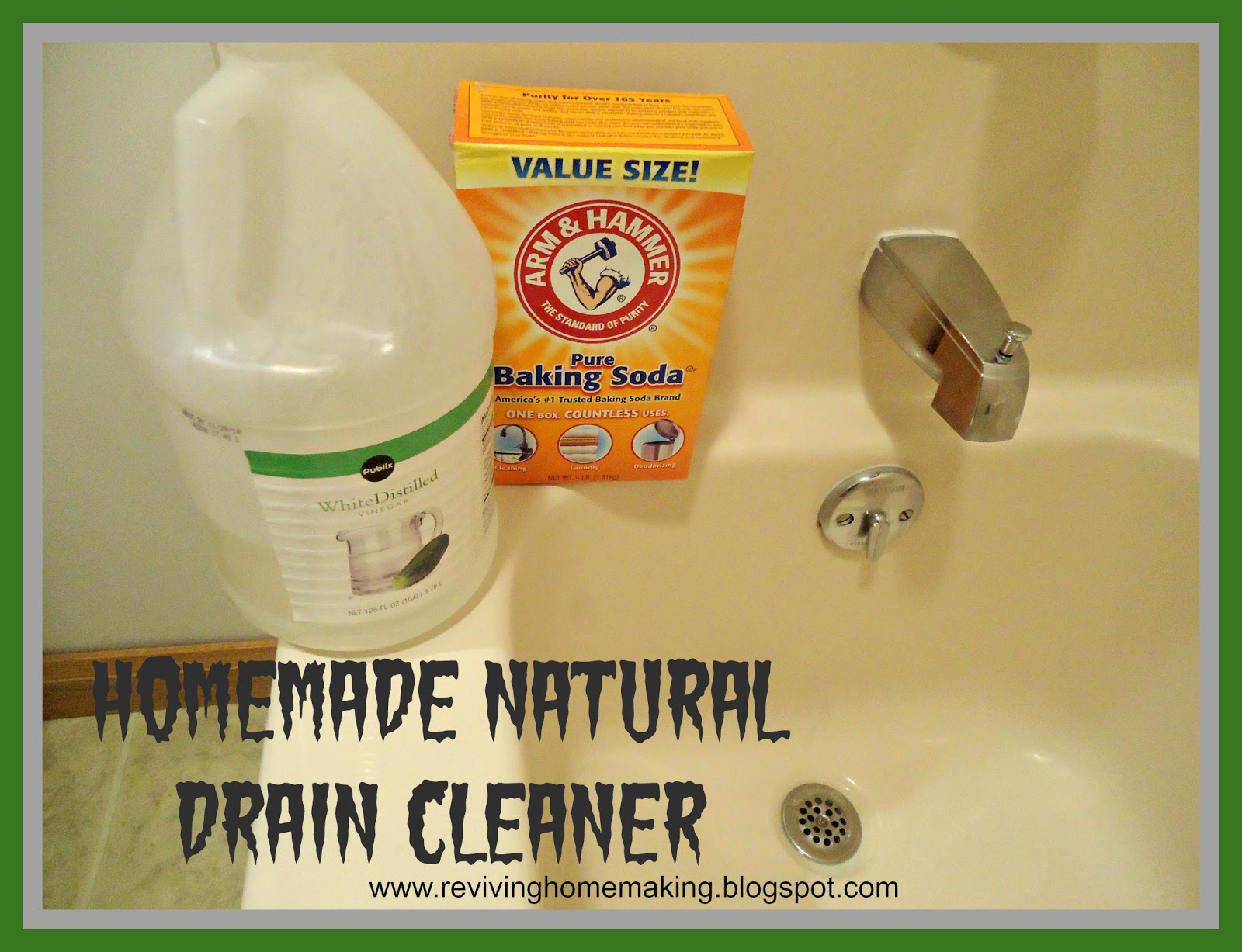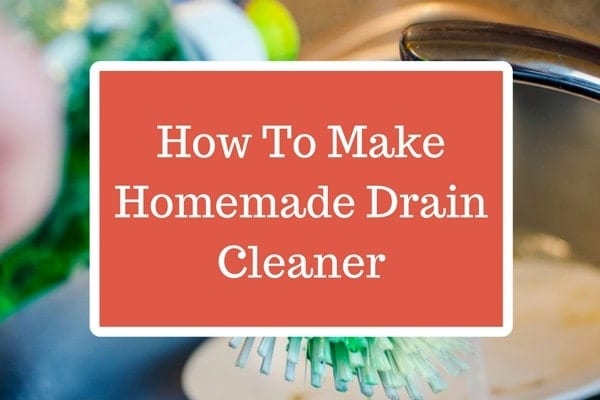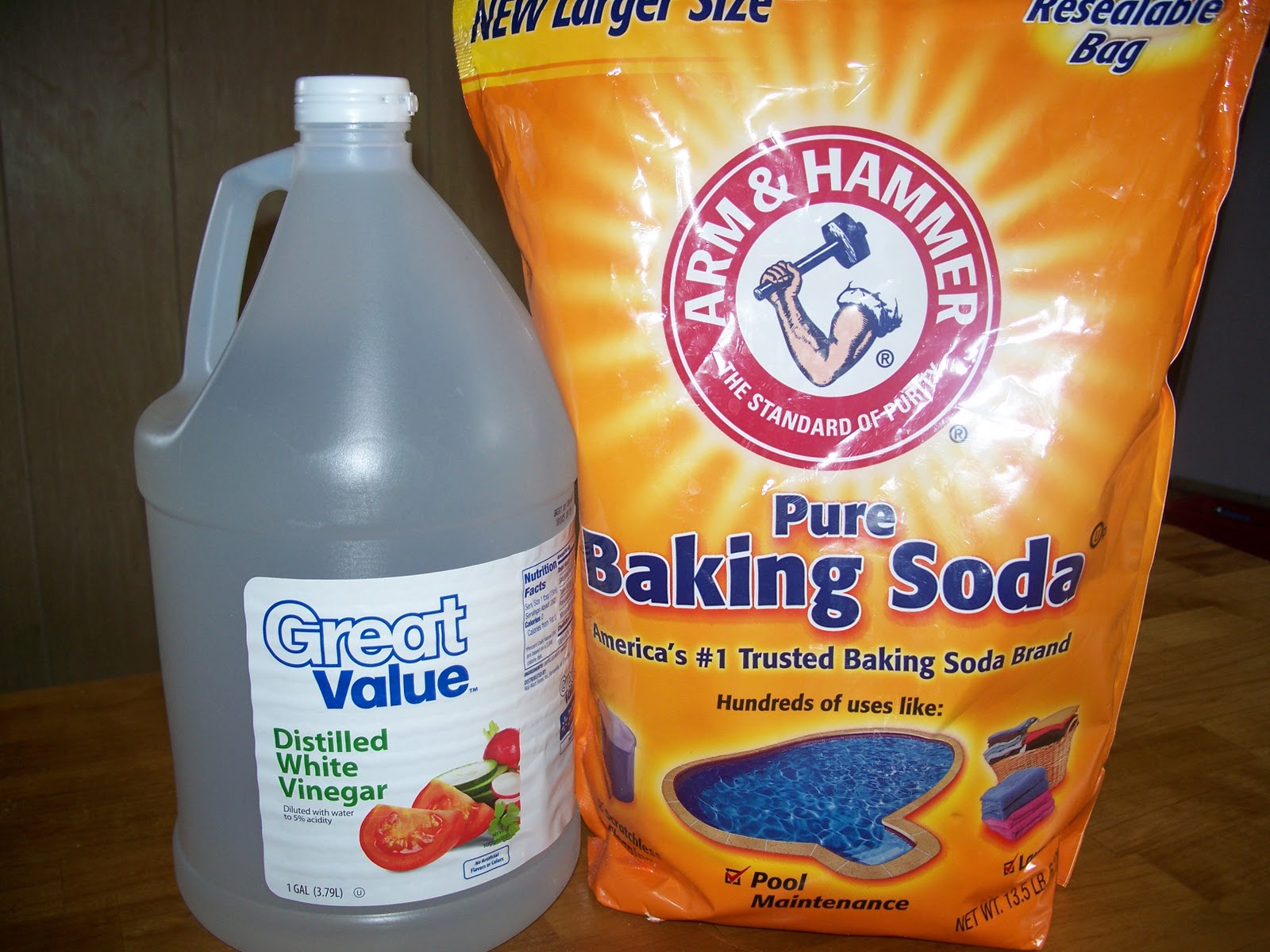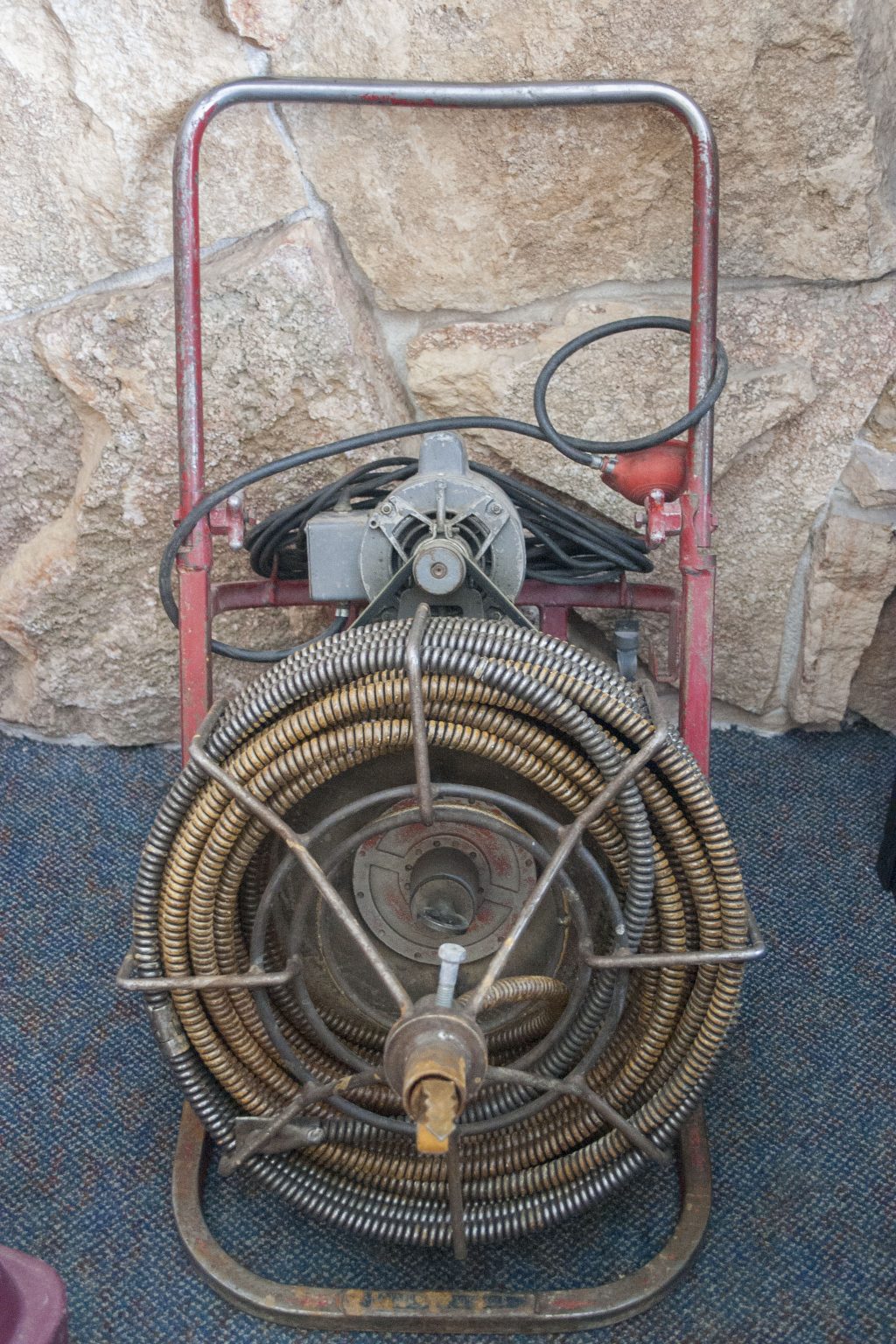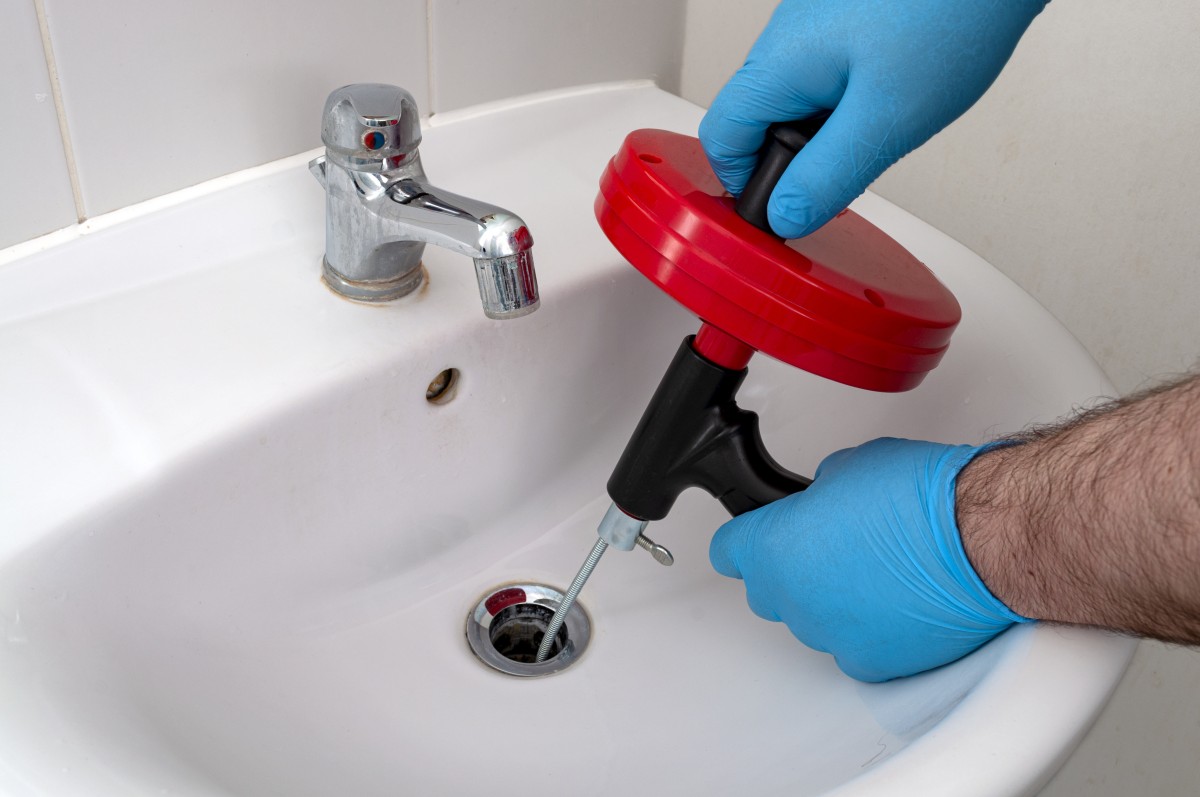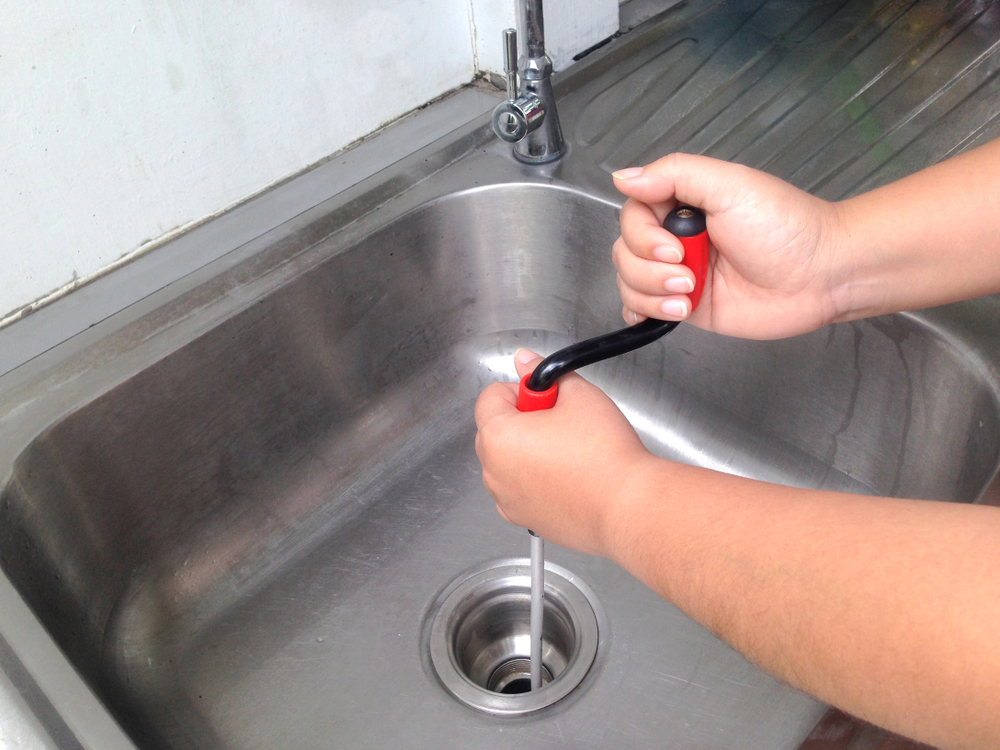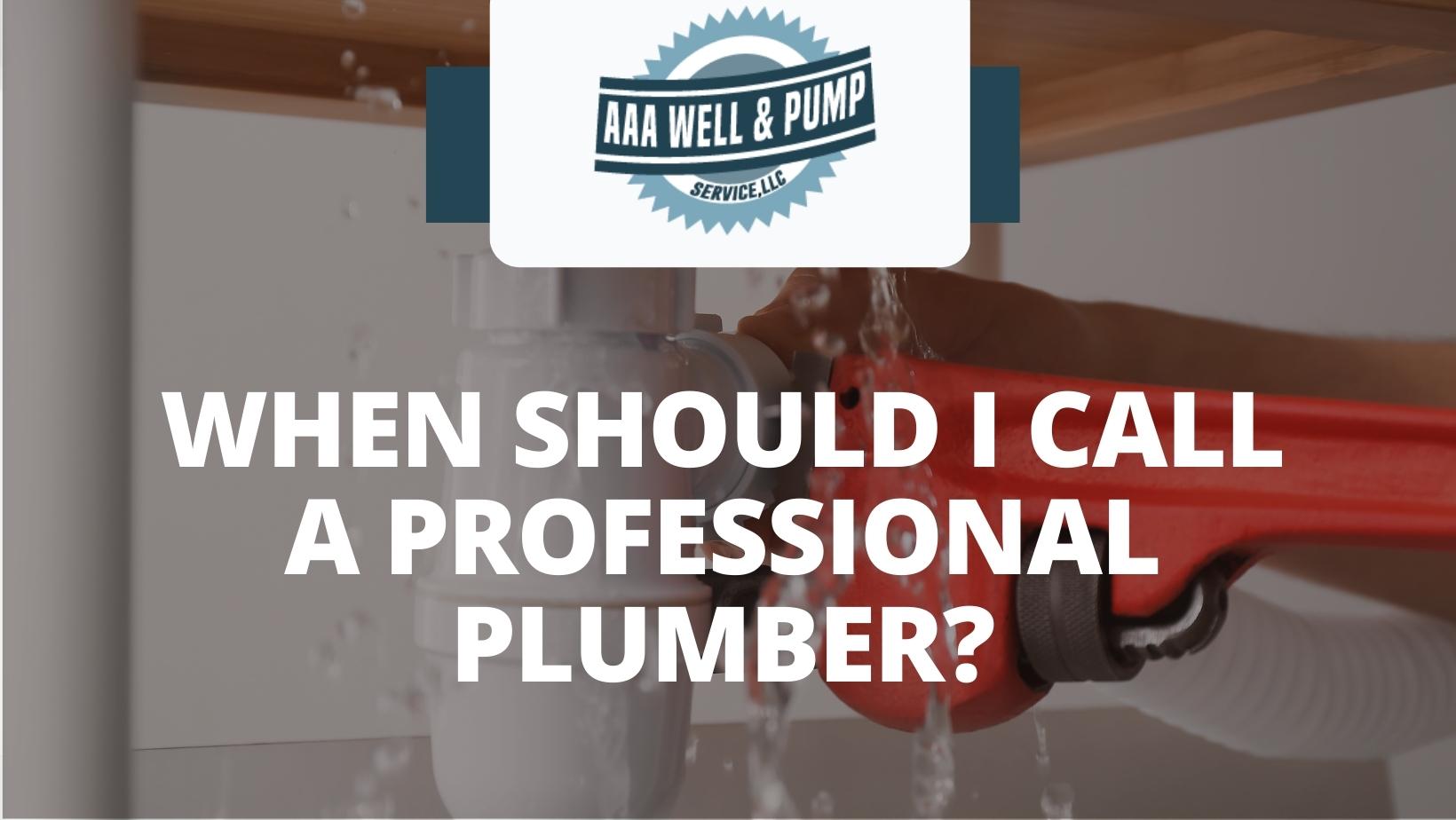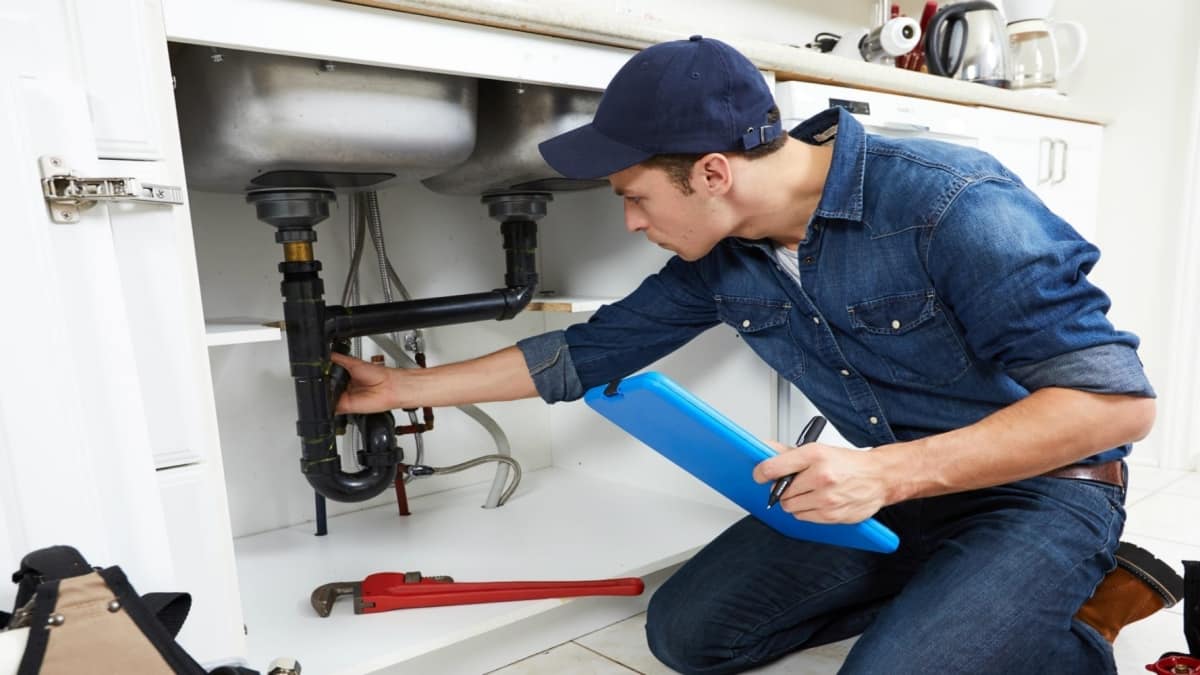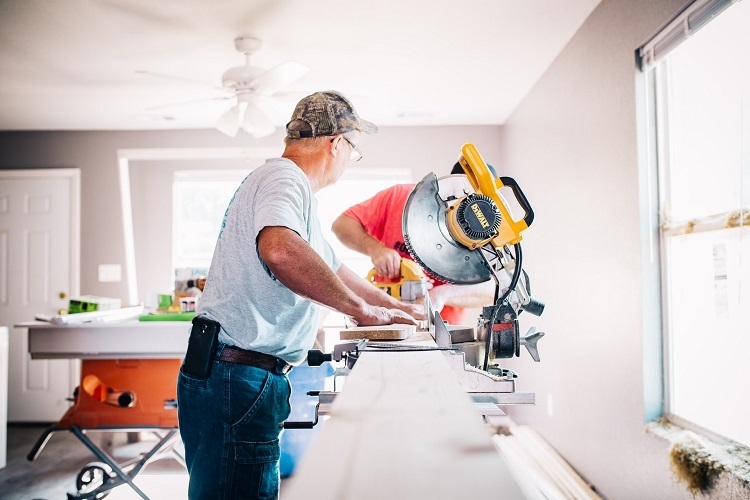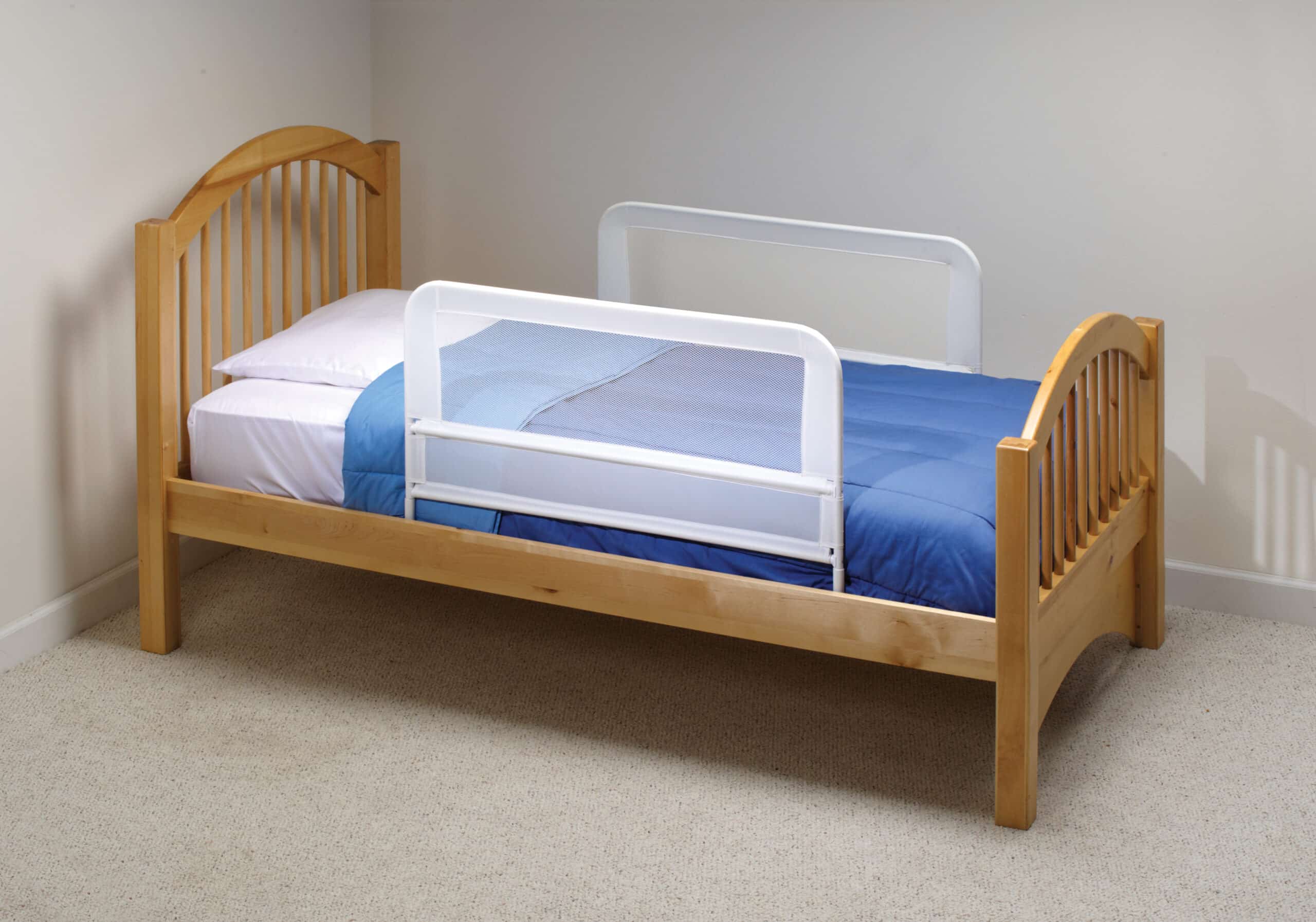If your kitchen sink is clogged, the first thing you should try is using a plunger. This simple tool can help dislodge any debris that is causing the blockage. Make sure to fill the sink partially with water before plunging, and place a wet cloth over the other drain for a better seal. Pump the plunger up and down several times, and then remove it quickly, which should create suction and help remove the clog.Use a Plunger
If the plunger doesn't work, you can also try using a drain snake. This tool has a long, flexible wire with a small auger at the end that can reach deep into the drain and break up any clogs. Simply insert the snake into the drain and twist it while pushing it further in. Once you feel resistance, pull the snake back out and hopefully, the clog will come with it.Use a Drain Snake
Baking soda and vinegar have been known to unclog drains due to their chemical reaction. Pour half a cup of baking soda down the drain, followed by half a cup of vinegar. Let it sit for 15 minutes, then pour hot water down the drain to flush out the clog. You can also use this mixture as a preventative measure by pouring it down the drain once a week.Use Baking Soda and Vinegar
If you have a grease clog in your kitchen sink, boiling water can often do the trick. Boil a pot of water and carefully pour it down the drain in two to three stages, waiting a few seconds in between each pour. The hot water can melt the grease and flush it down the drain. However, be careful not to use this method on plastic or PVC pipes as the boiling water can cause damage.Use Boiling Water
If you have a wet/dry vacuum, you can use it to unclog your kitchen sink. First, set the vacuum to its wet setting and cover the vent with a cloth to prevent any debris from spilling out. Place the hose over the drain and turn on the vacuum. The suction created can help pull out any clogs from the drain.Use a Wet/Dry Vacuum
If all else fails, you can try using a chemical drain cleaner to unclog your kitchen sink. These cleaners contain powerful chemicals that can dissolve hair, grease, and other debris. However, they can also be damaging to your pipes if used too frequently, so use them sparingly and follow the instructions carefully.Use a Chemical Drain Cleaner
The P-trap is the curved pipe under your sink that traps debris and prevents it from going further into the plumbing system. If you suspect the clog is in the P-trap, you can remove it and clean it out. Place a bucket under the trap to catch any water, then use pliers to loosen the slip nuts and remove the trap. Clean out any debris and reattach the trap.Remove and Clean the P-Trap
Instead of using harsh chemicals, you can also make your own drain cleaner using natural ingredients. Mix equal parts of baking soda and salt and pour it down the drain. Follow it up with hot water and let it sit for 15 minutes before flushing it out with more hot water.Try a Homemade Drain Cleaner
If you have a stubborn clog that won't budge, it may be time to bring in a plumbing snake. These tools are longer and more flexible than a regular drain snake, and they can reach deeper into the pipes to break up tough clogs. However, if you're not confident in using one, it's best to call a professional plumber.Use a Plumbing Snake
If none of the above methods work, it's time to call in the professionals. A plumber has the necessary tools and expertise to unclog your kitchen sink safely and effectively. They can also identify any underlying issues that may be causing frequent clogs and offer solutions to prevent them in the future. In conclusion, there are many ways to unclog a kitchen sink, and the method you choose will depend on the severity of the clog and your personal preference. Remember to always take precautions when attempting to unclog a sink and if all else fails, don't hesitate to call a professional for help.Call a Professional Plumber
Why unclogging your kitchen sink is important for maintaining a functional and attractive kitchen

Prevents unpleasant odors and bacteria buildup
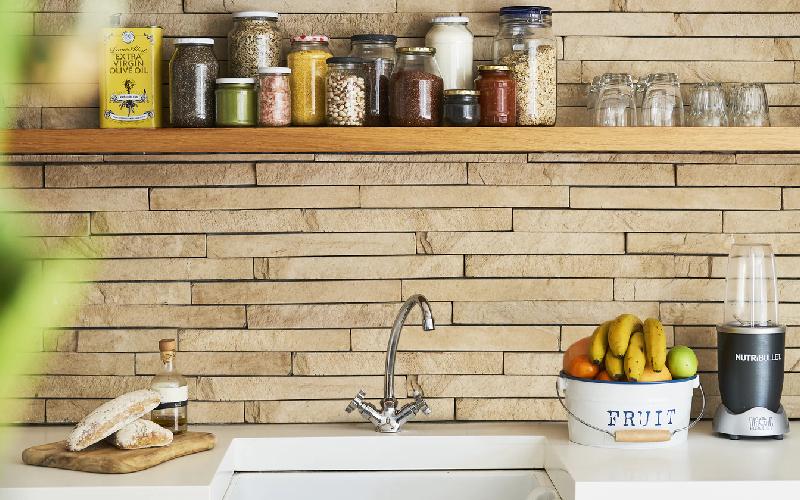 A clogged kitchen sink can quickly become a breeding ground for bacteria and unpleasant odors. As food particles and grease accumulate in the pipes, they can start to rot and emit foul smells. This not only creates an unpleasant environment in your kitchen, but it can also pose a health hazard. Bacteria and mold can thrive in the clogged pipes, potentially contaminating your dishes and utensils. Regularly unclogging your kitchen sink can help prevent these issues and keep your kitchen clean and hygienic.
A clogged kitchen sink can quickly become a breeding ground for bacteria and unpleasant odors. As food particles and grease accumulate in the pipes, they can start to rot and emit foul smells. This not only creates an unpleasant environment in your kitchen, but it can also pose a health hazard. Bacteria and mold can thrive in the clogged pipes, potentially contaminating your dishes and utensils. Regularly unclogging your kitchen sink can help prevent these issues and keep your kitchen clean and hygienic.
Ensures proper drainage and prevents water damage
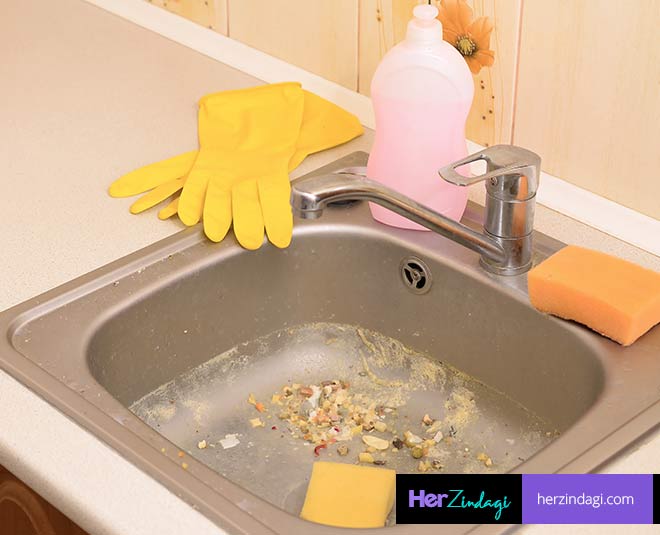 A clogged kitchen sink can also lead to slow or blocked drainage, causing water to back up and potentially overflow onto your countertops and floors. This can not only create a mess, but it can also cause damage to your kitchen and surrounding areas. Excess water can seep into your cabinets and walls, leading to structural damage and mold growth. By regularly unclogging your kitchen sink, you can ensure proper drainage and prevent potential water damage.
A clogged kitchen sink can also lead to slow or blocked drainage, causing water to back up and potentially overflow onto your countertops and floors. This can not only create a mess, but it can also cause damage to your kitchen and surrounding areas. Excess water can seep into your cabinets and walls, leading to structural damage and mold growth. By regularly unclogging your kitchen sink, you can ensure proper drainage and prevent potential water damage.
Improves the overall appearance of your kitchen
 A clogged kitchen sink can be an eyesore in an otherwise beautiful kitchen. It can make the space feel dirty and unkempt, taking away from its overall aesthetic appeal. By keeping your sink unclogged and free of debris, you can maintain a clean and attractive kitchen that you can be proud of. This is especially important if you frequently entertain guests or have an open concept kitchen where the sink is visible from other areas of your home.
A clogged kitchen sink can be an eyesore in an otherwise beautiful kitchen. It can make the space feel dirty and unkempt, taking away from its overall aesthetic appeal. By keeping your sink unclogged and free of debris, you can maintain a clean and attractive kitchen that you can be proud of. This is especially important if you frequently entertain guests or have an open concept kitchen where the sink is visible from other areas of your home.
Saves you money in the long run
 Ignoring a clogged kitchen sink can lead to costly repairs and replacements down the line. As the clog worsens, it can put strain on your pipes and cause them to crack or burst. This can result in water leaks and the need for professional plumbing services. By regularly unclogging your kitchen sink, you can avoid these expensive issues and save yourself money in the long run.
In conclusion, unclogging your kitchen sink is an essential part of maintaining a functional and attractive kitchen. It not only prevents unpleasant odors and bacteria buildup, but it also ensures proper drainage, improves the overall appearance of your kitchen, and saves you money in the long run. Make sure to regularly clean and unclog your sink to keep your kitchen in top shape.
Ignoring a clogged kitchen sink can lead to costly repairs and replacements down the line. As the clog worsens, it can put strain on your pipes and cause them to crack or burst. This can result in water leaks and the need for professional plumbing services. By regularly unclogging your kitchen sink, you can avoid these expensive issues and save yourself money in the long run.
In conclusion, unclogging your kitchen sink is an essential part of maintaining a functional and attractive kitchen. It not only prevents unpleasant odors and bacteria buildup, but it also ensures proper drainage, improves the overall appearance of your kitchen, and saves you money in the long run. Make sure to regularly clean and unclog your sink to keep your kitchen in top shape.


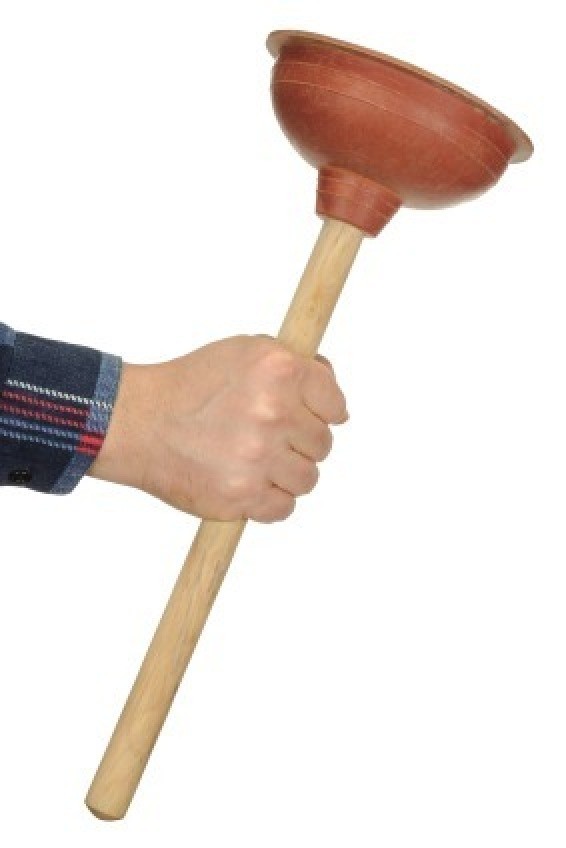
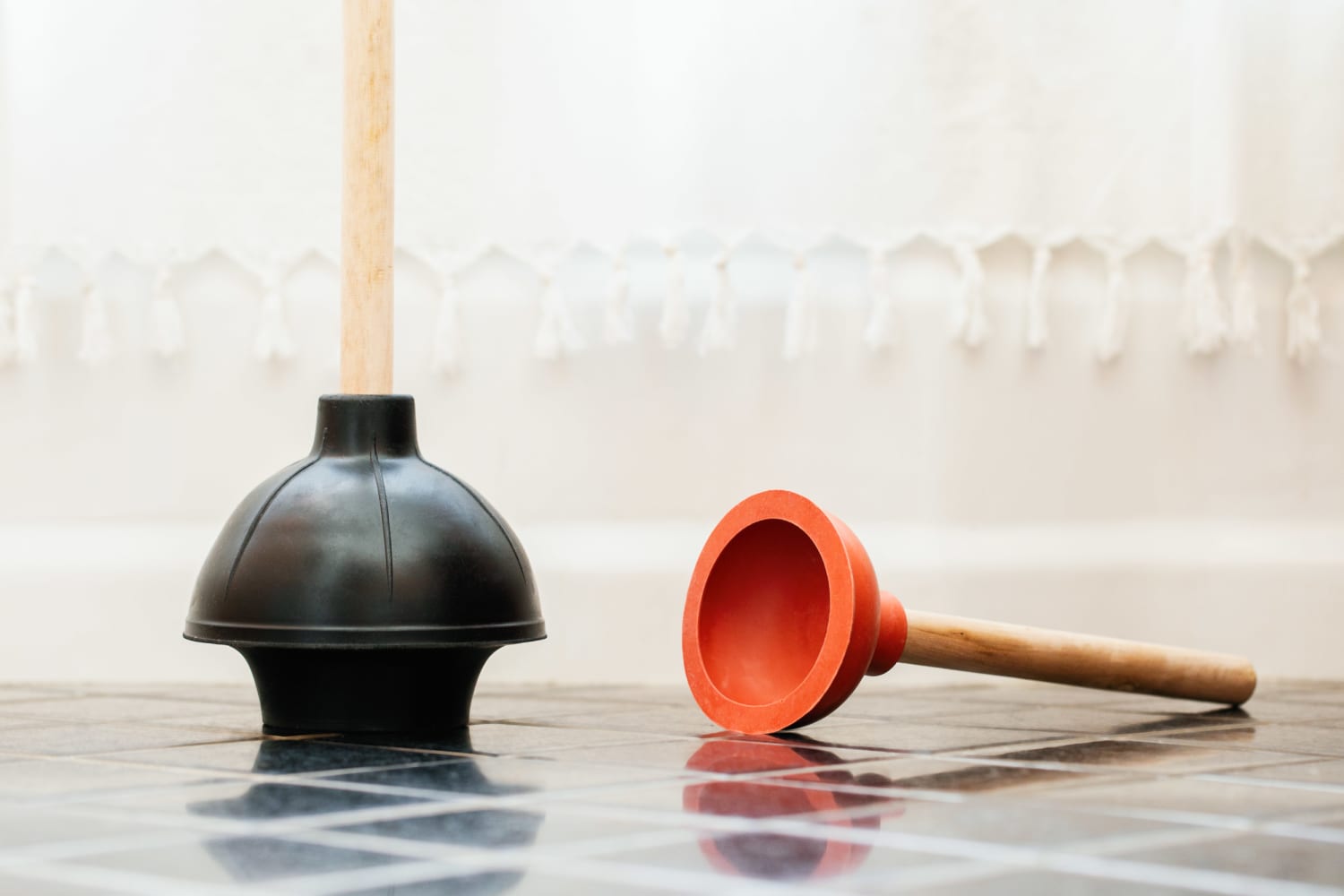
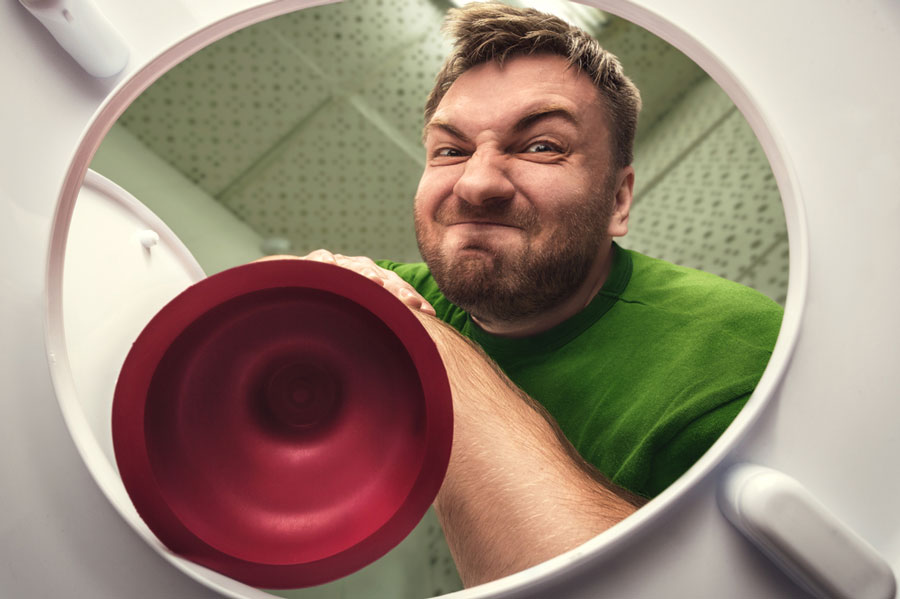


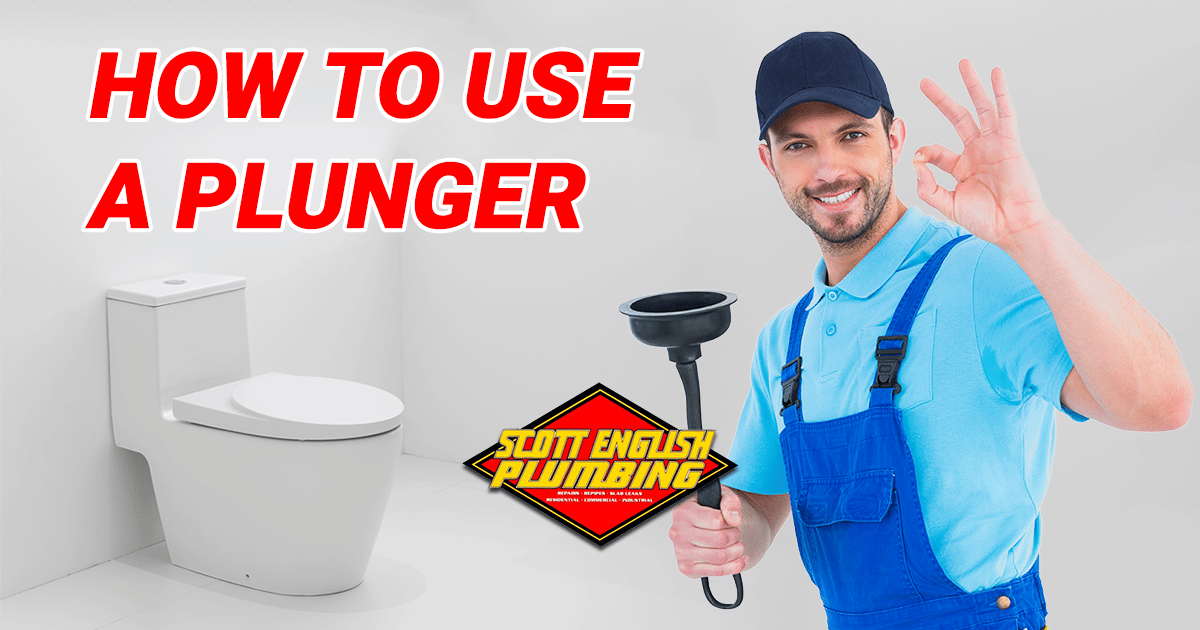
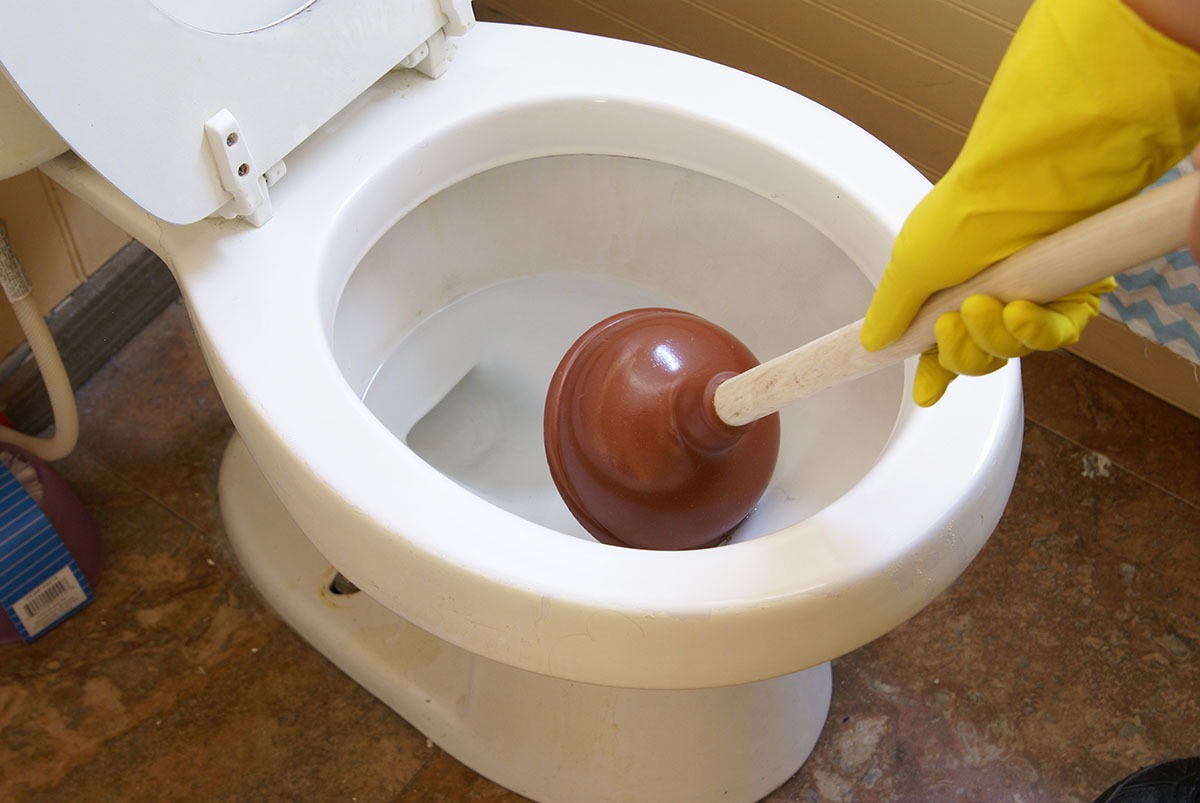


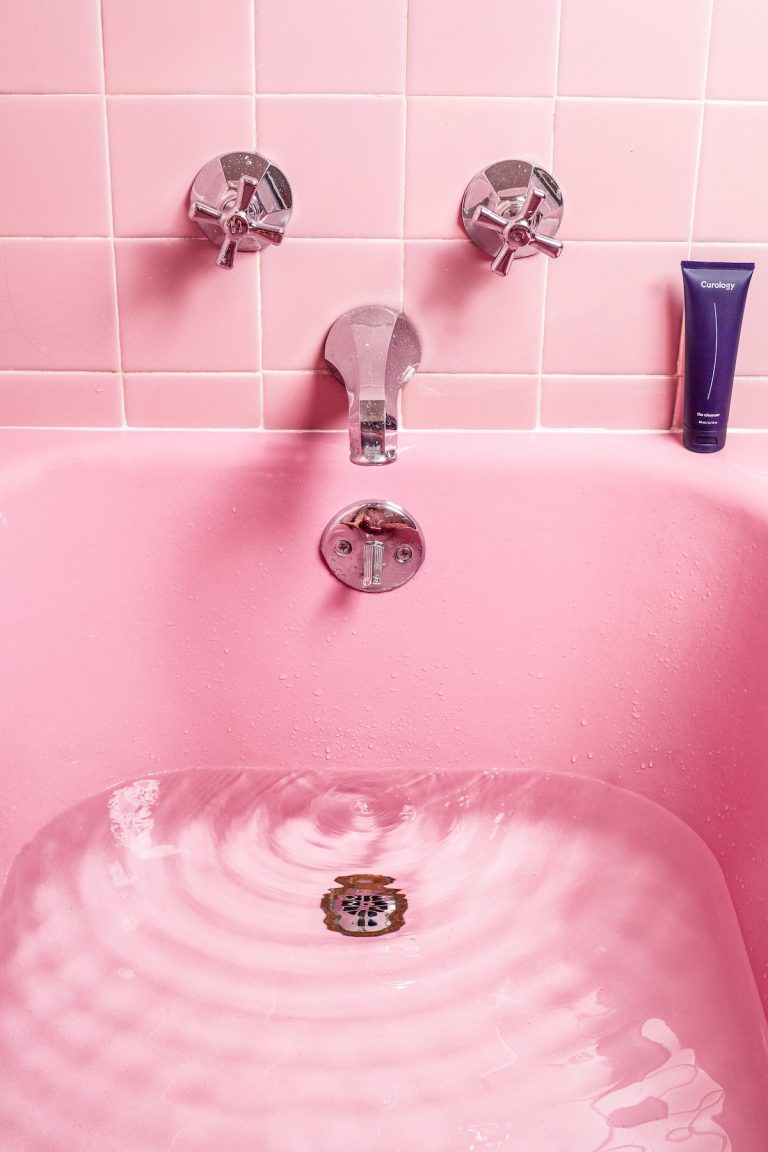
/pulling-hair-from-a-drain-182861550-5797d2d43df78ceb86a46b8e.jpg)

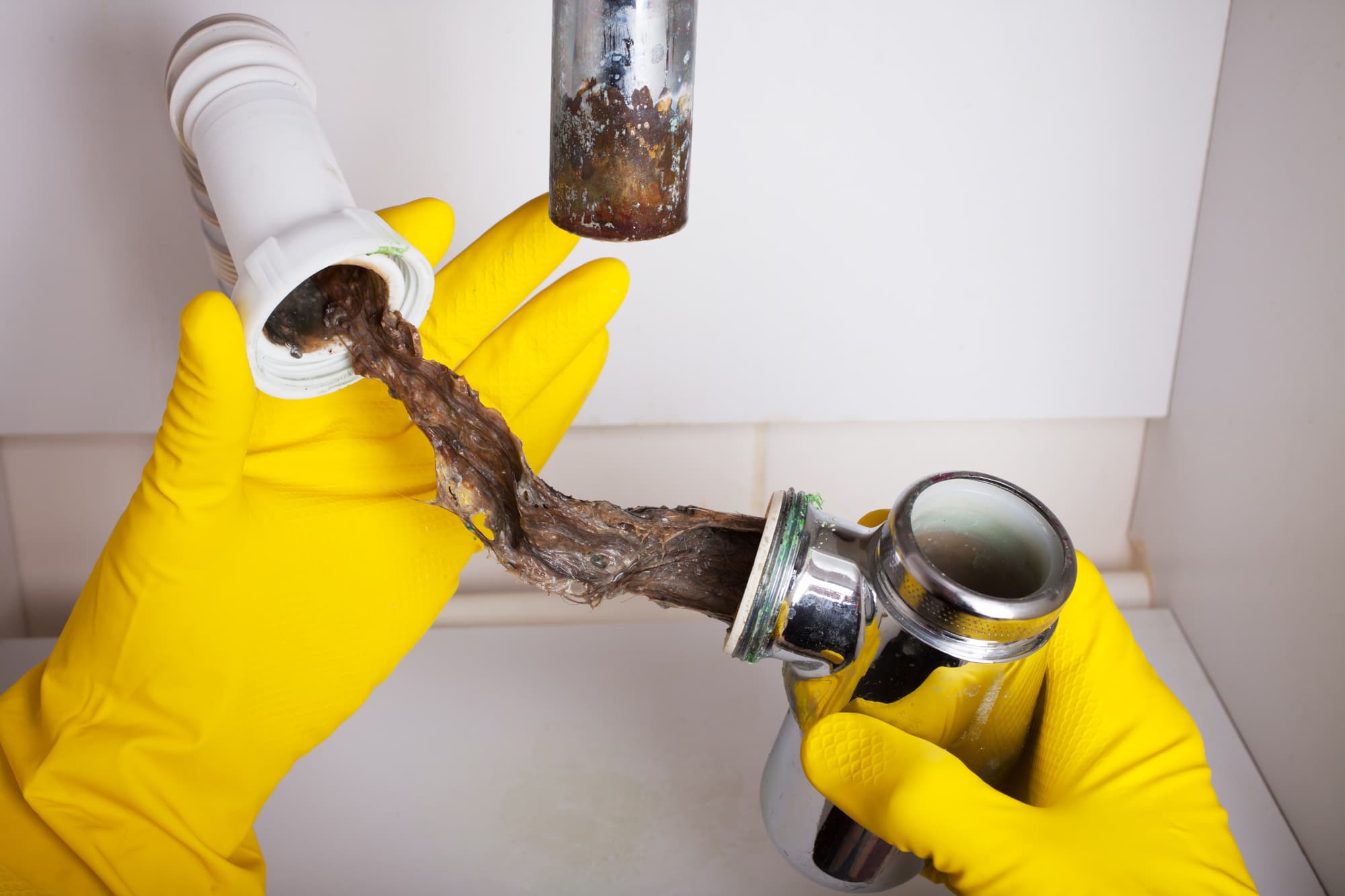





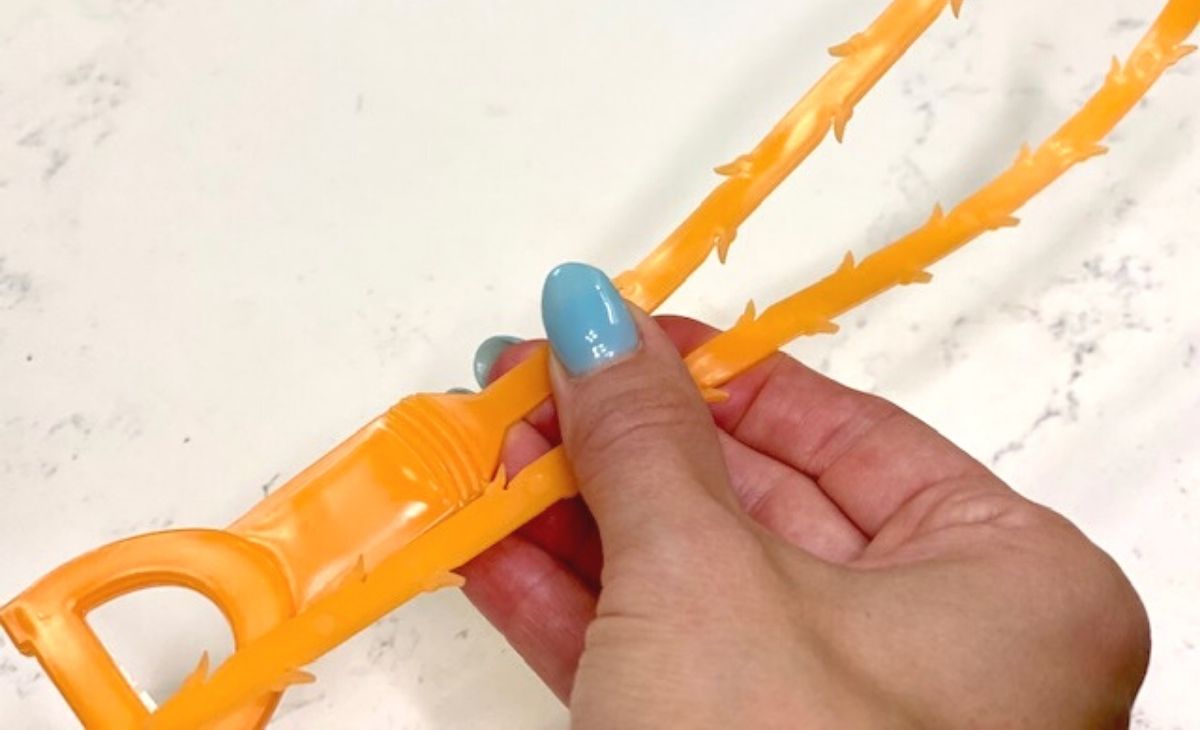





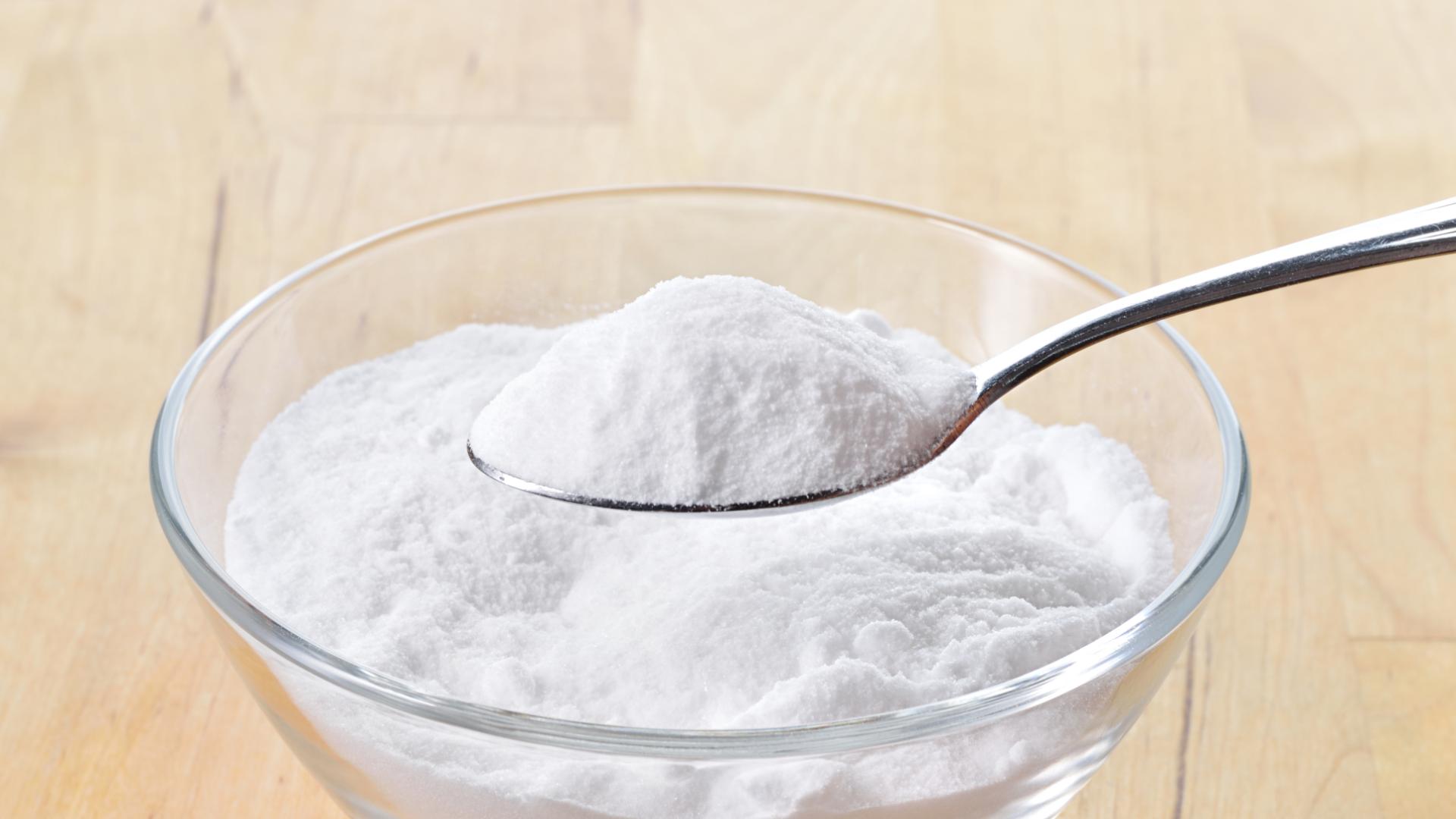
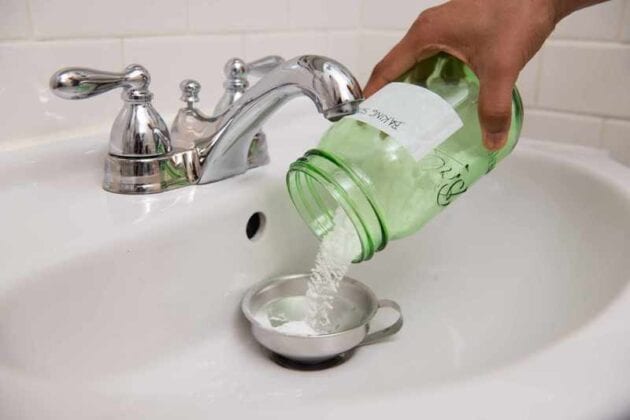
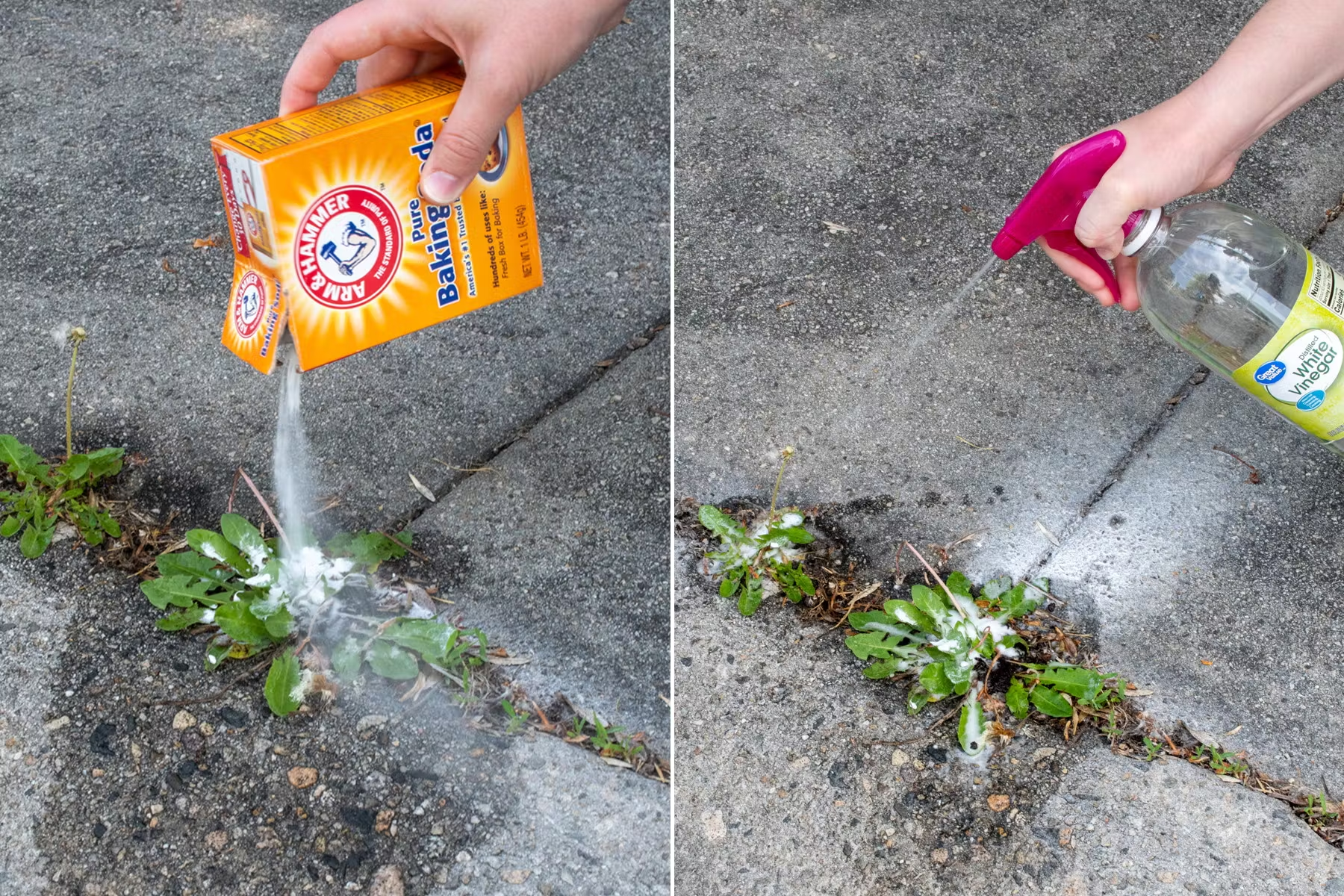
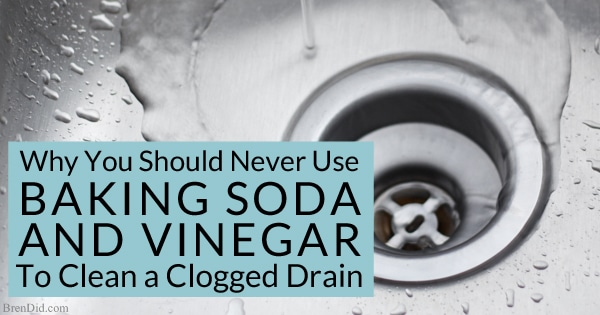
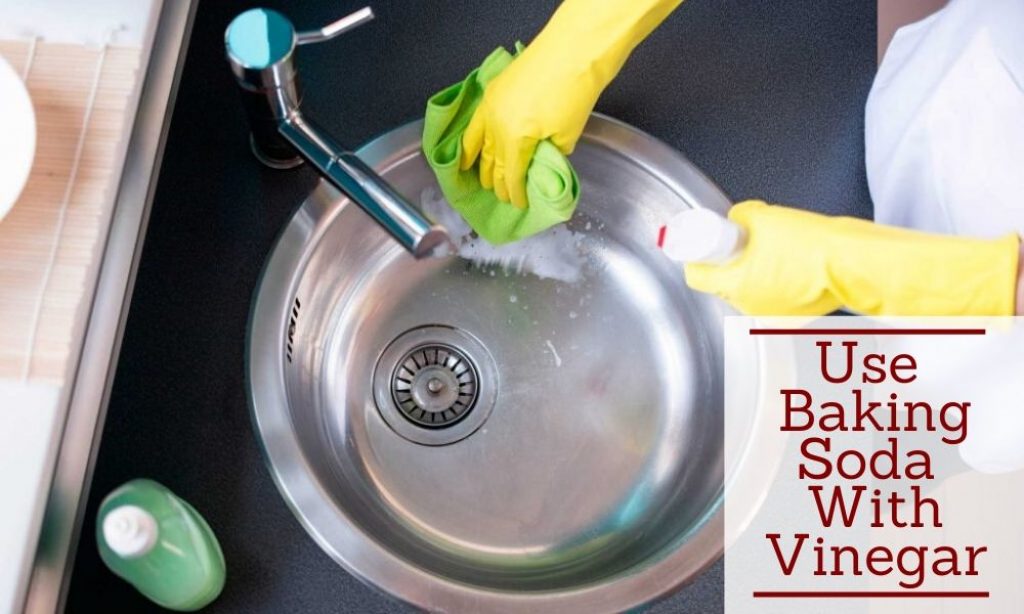
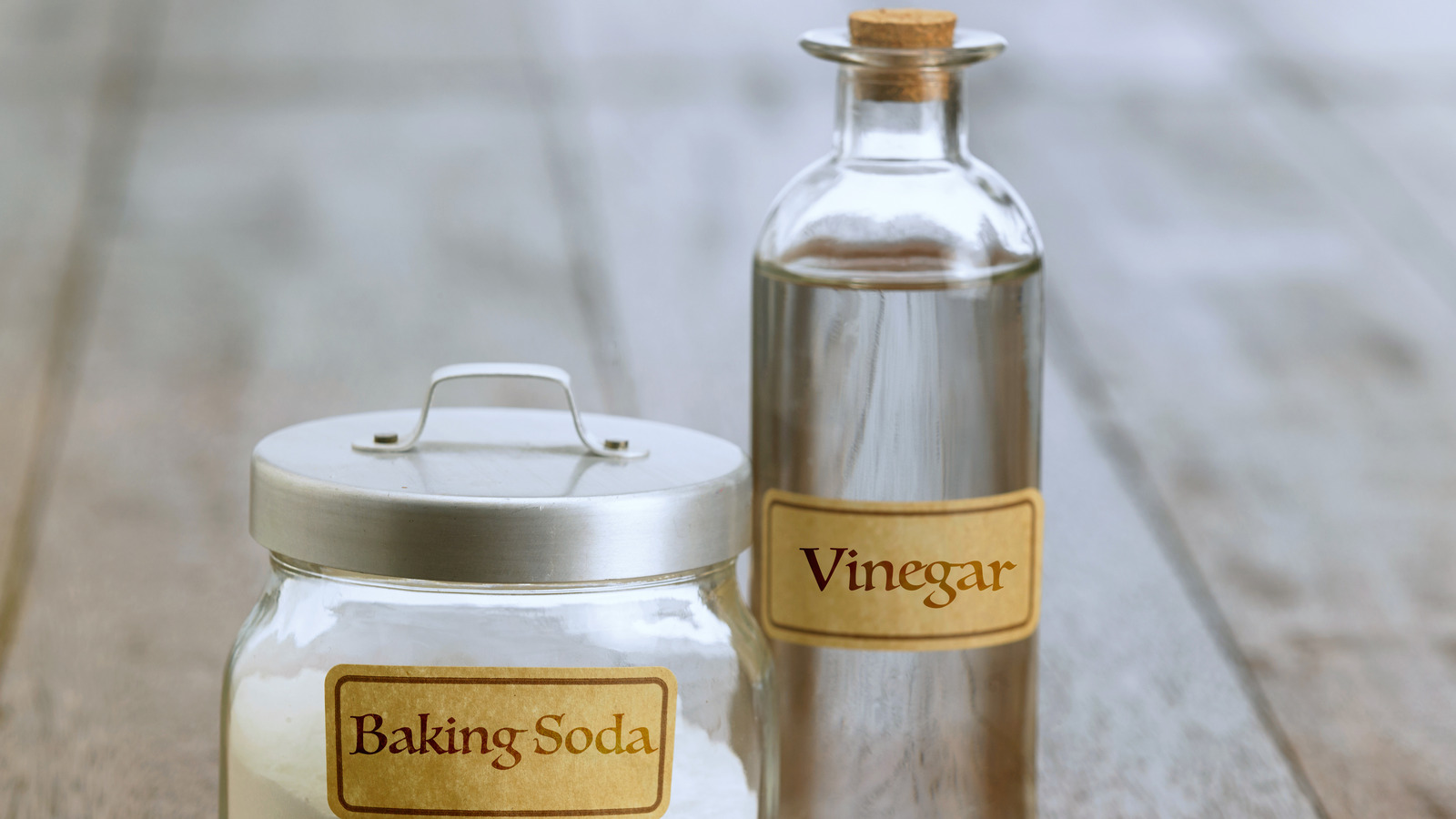

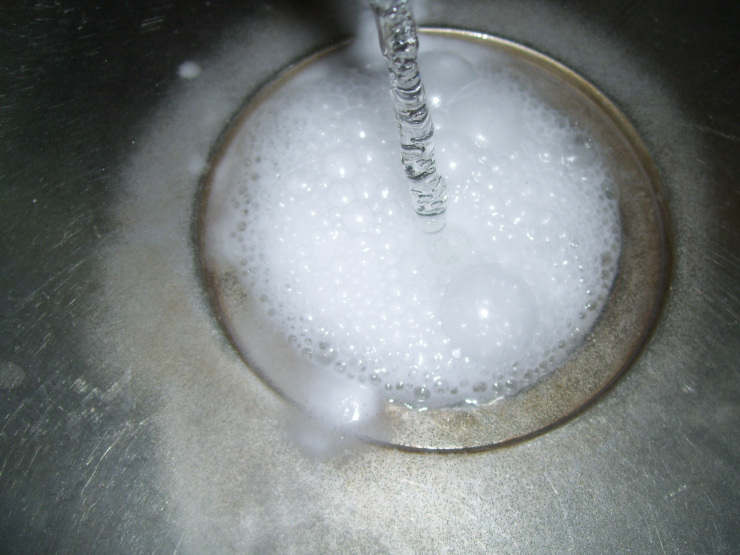
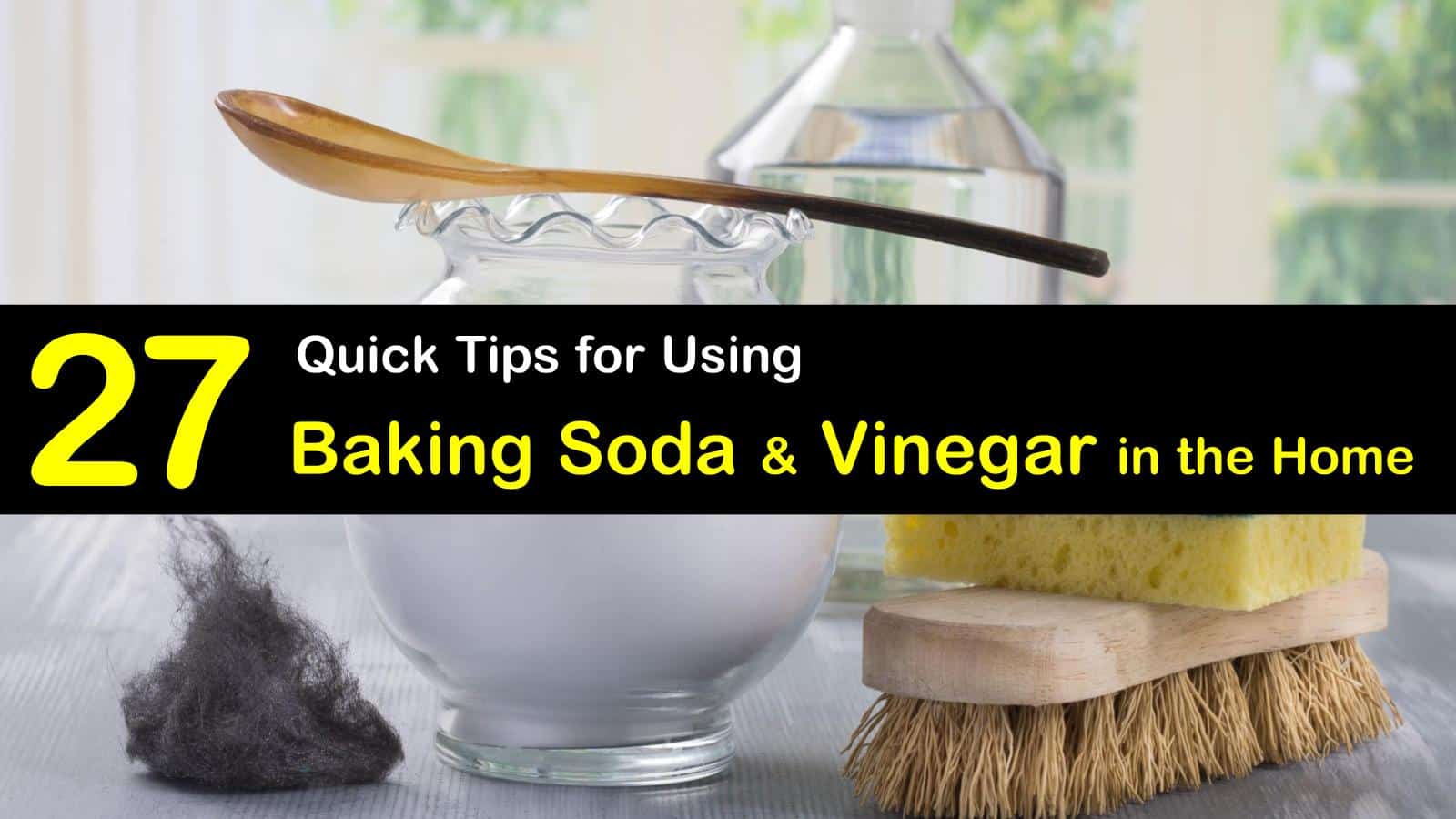
:max_bytes(150000):strip_icc()/plumber-unclogging-kitchen-sink-169270382-5810e7bb5f9b58564c5dd92b.jpg)


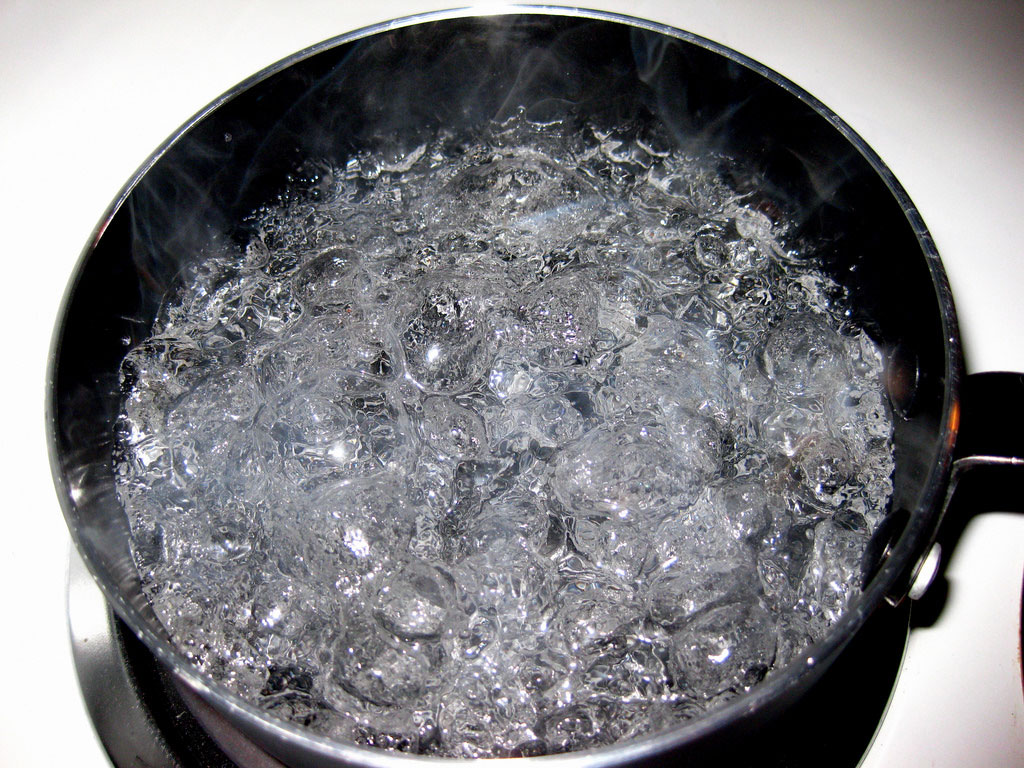
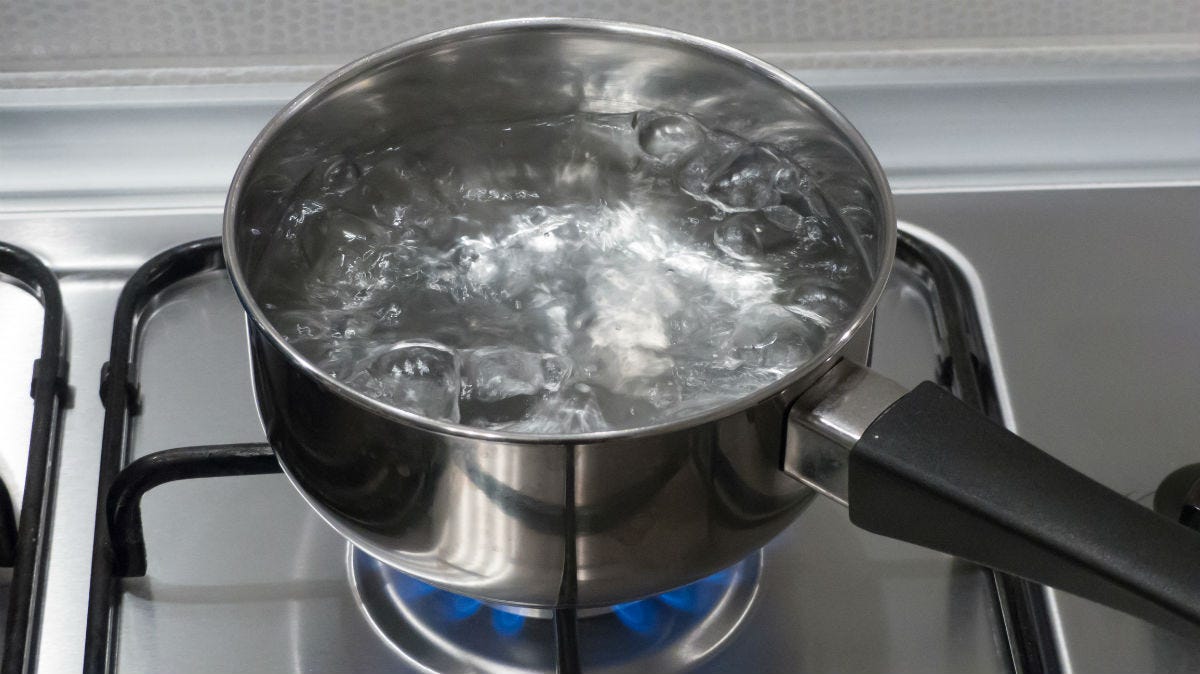
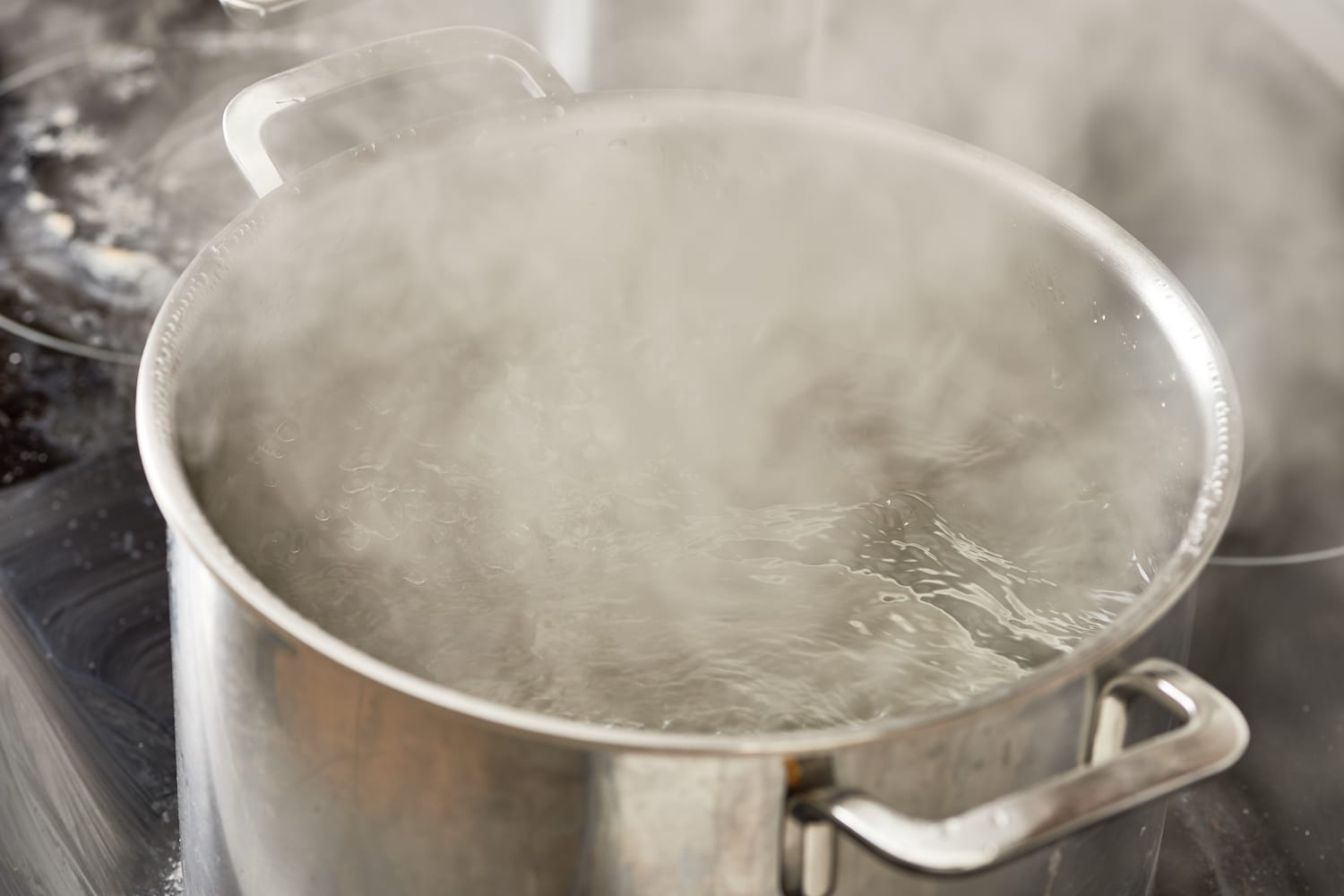
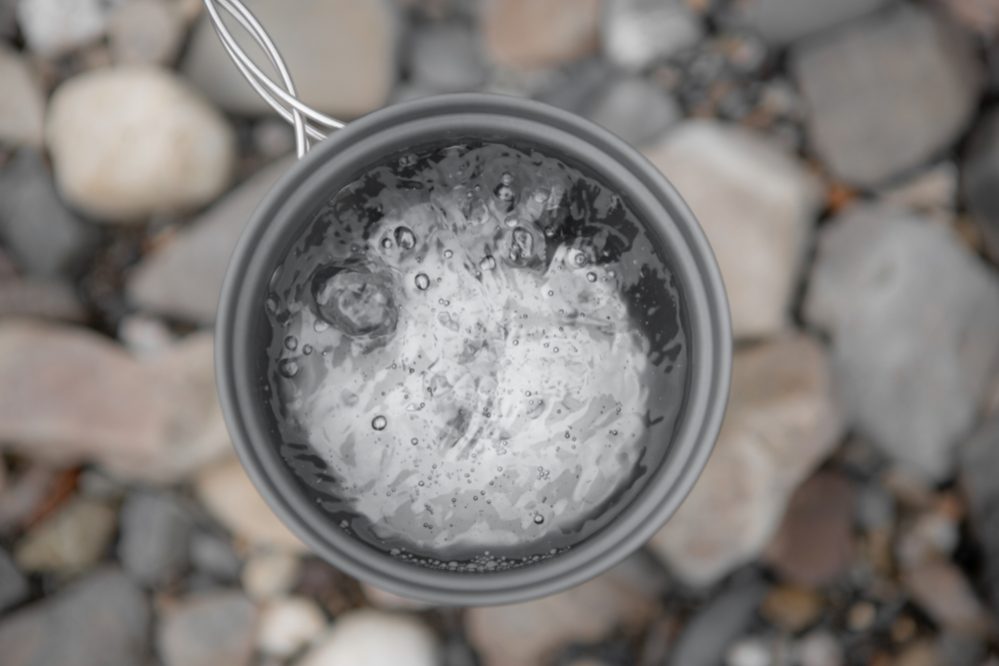


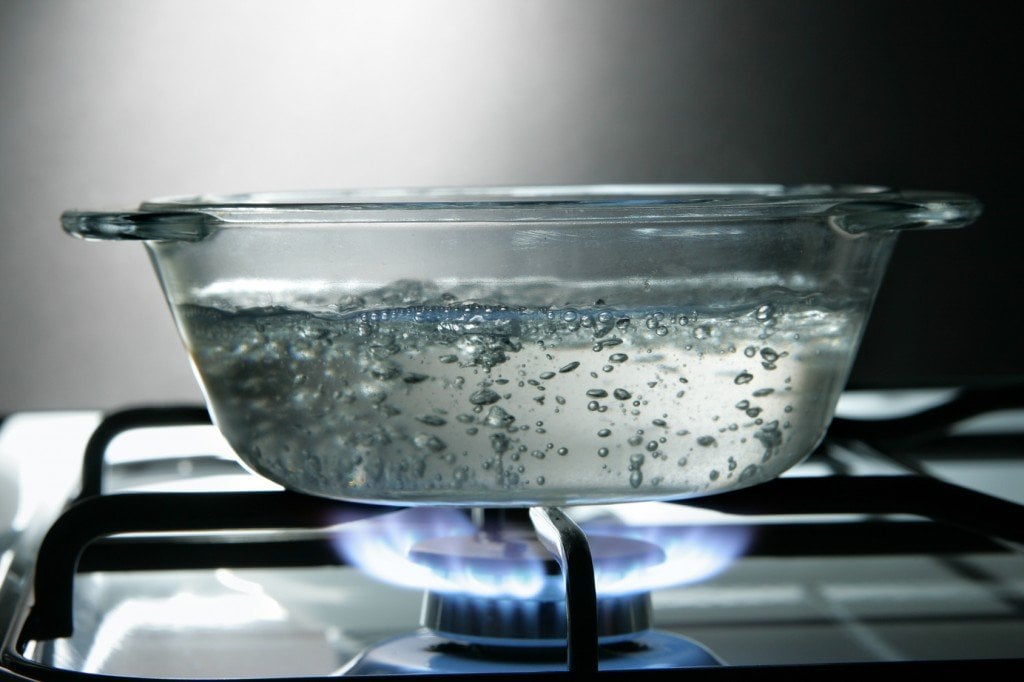










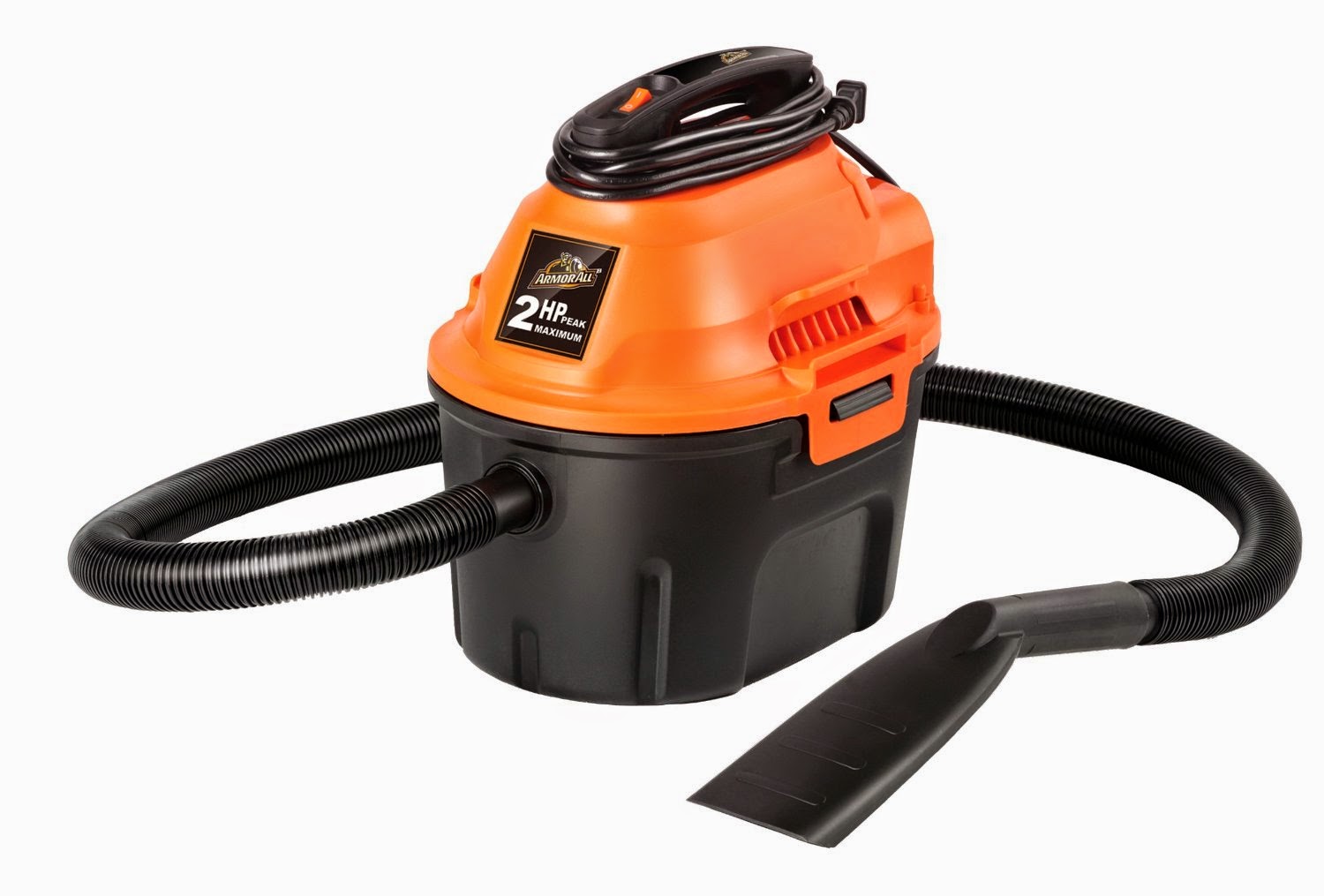
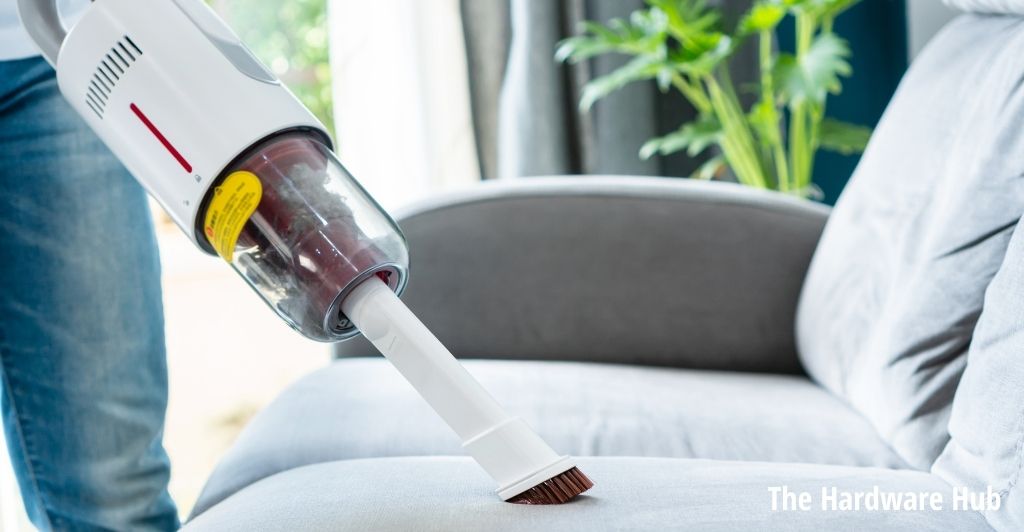
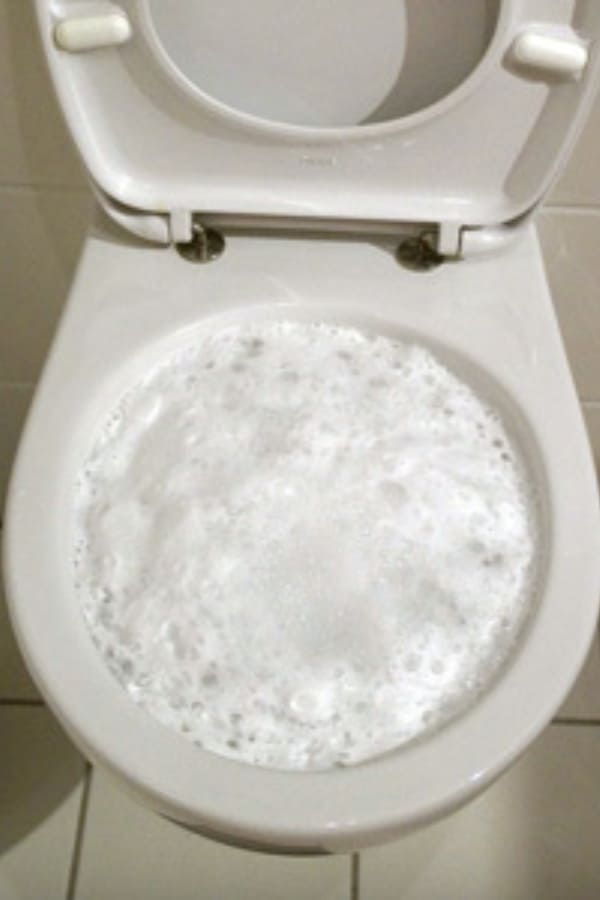




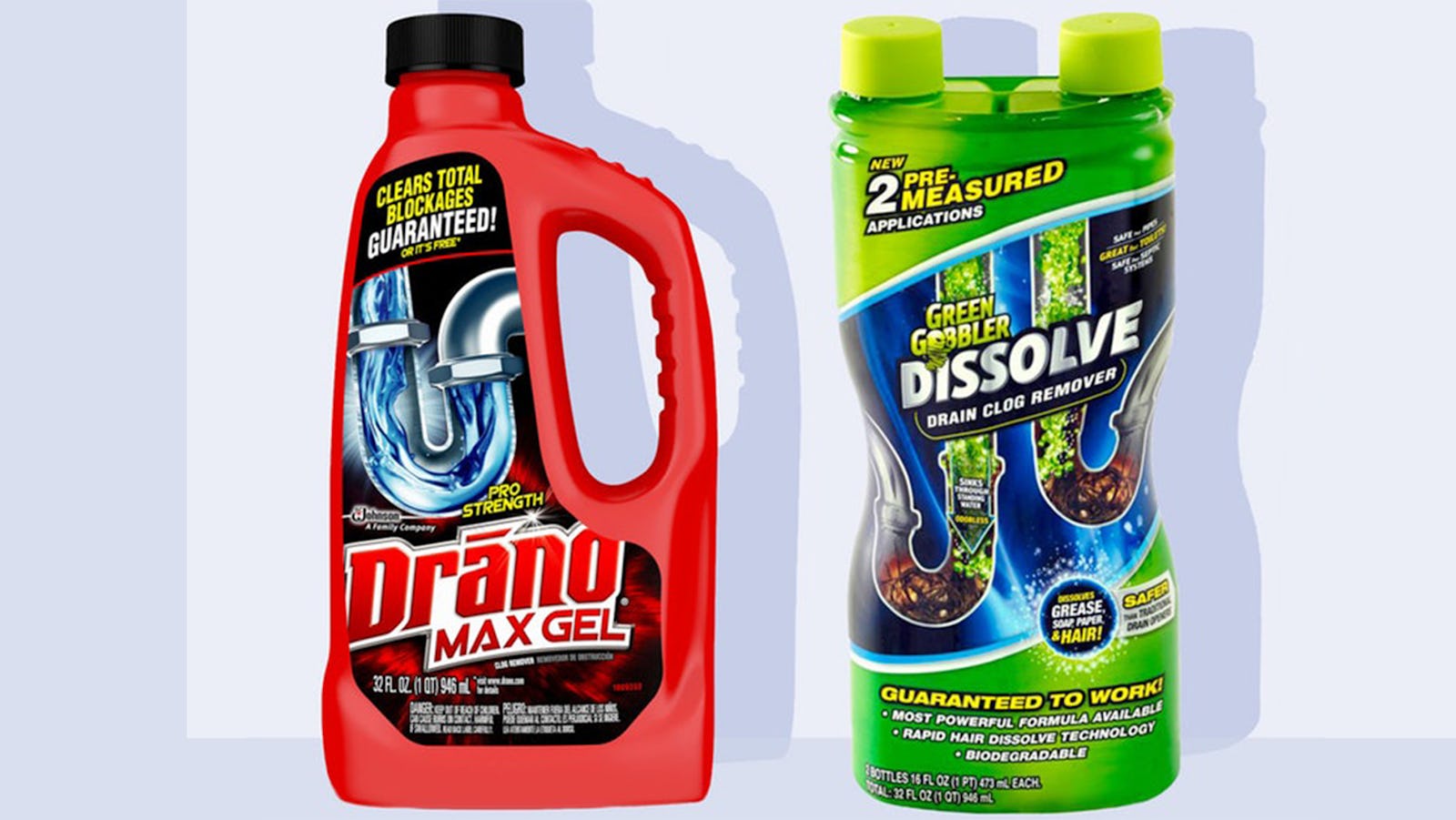
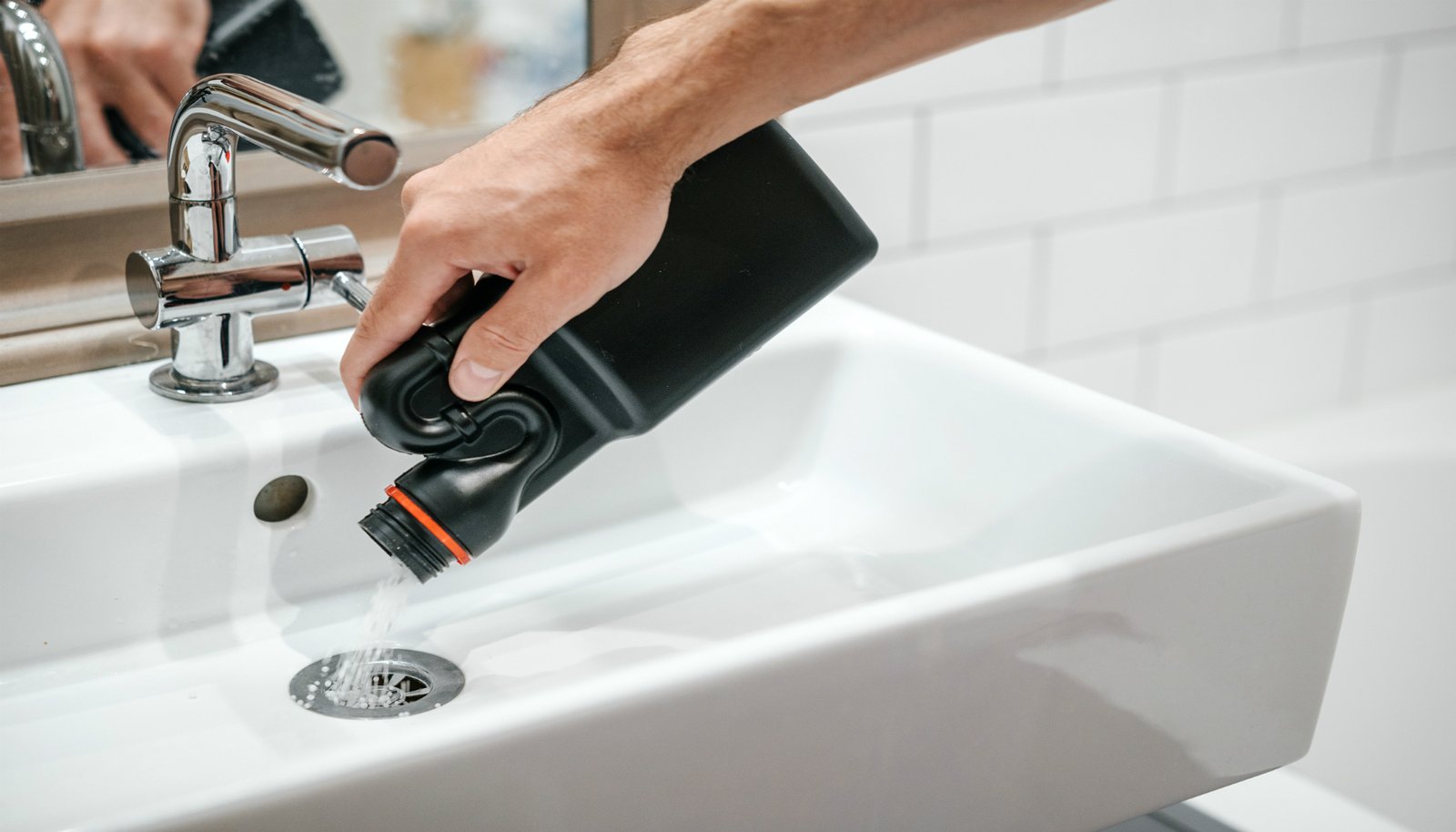









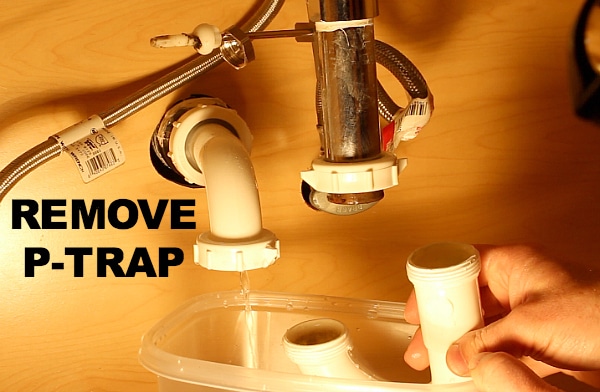


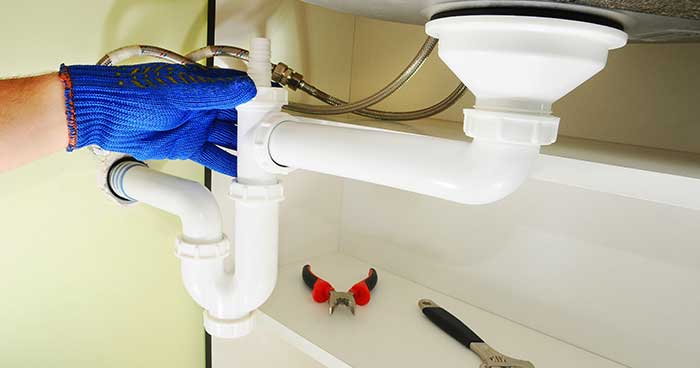






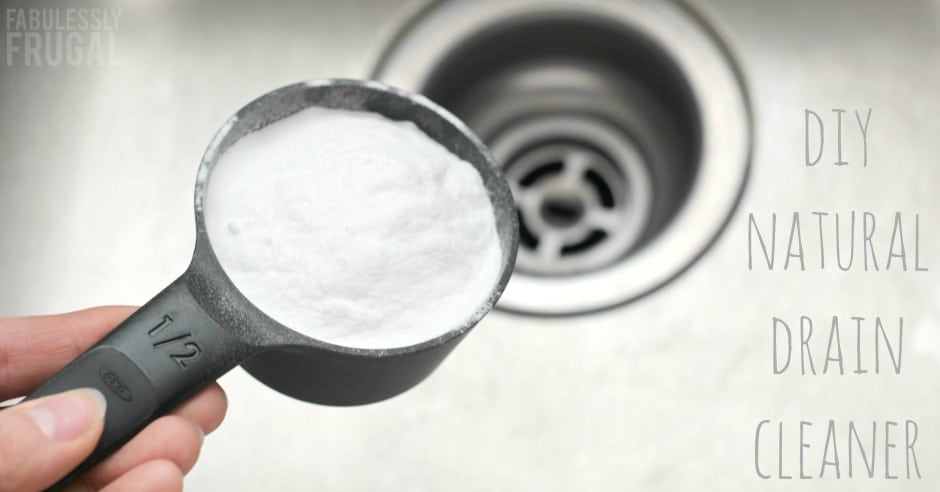
:max_bytes(150000):strip_icc()/homemade-drain-cleaner-2718784-10-d0d43469f00a45f6890b0a959d28cc8e.jpg)
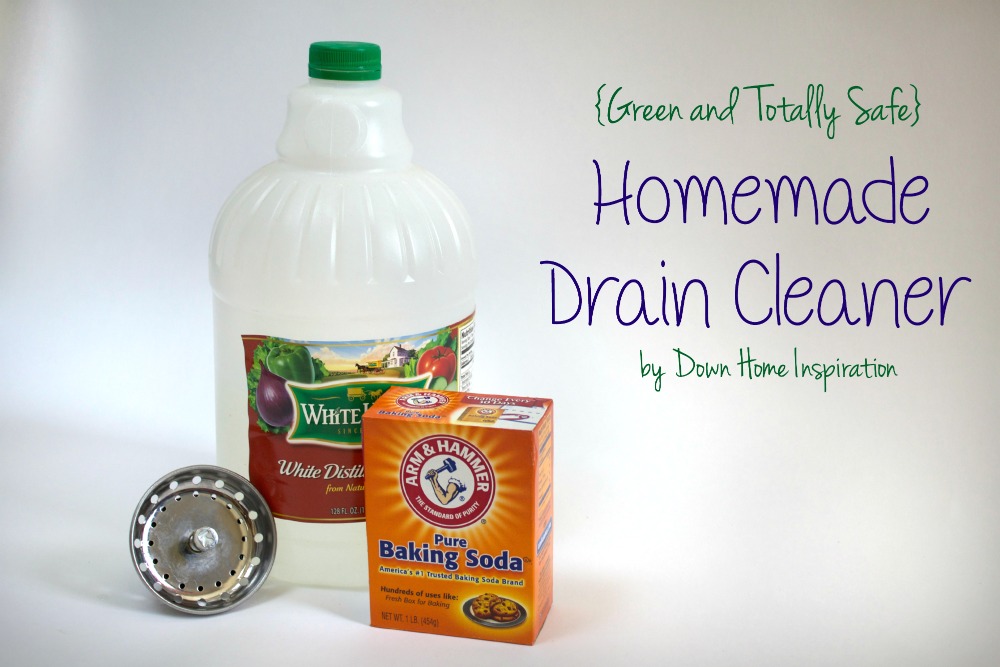
:max_bytes(150000):strip_icc()/homemade-drain-cleaner-2718784_01_1041-09a5264ba2a34698816e62a385f0895f.jpg)
:max_bytes(150000):strip_icc()/homemade-drain-cleaner-2718784__03_1052-24cfb24130504dbb94b70957f617c58a.jpg)
